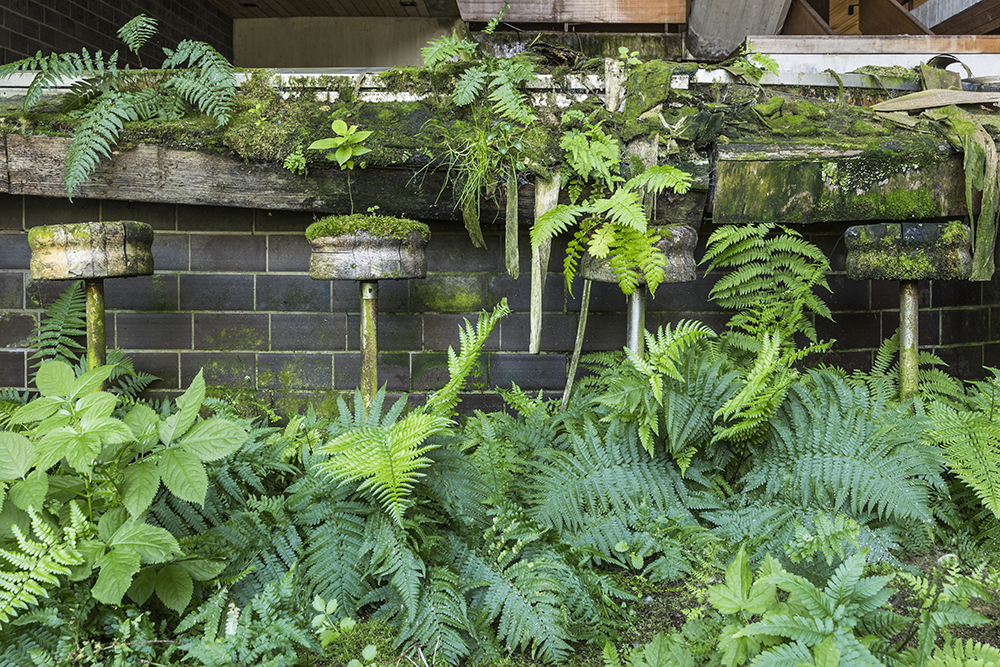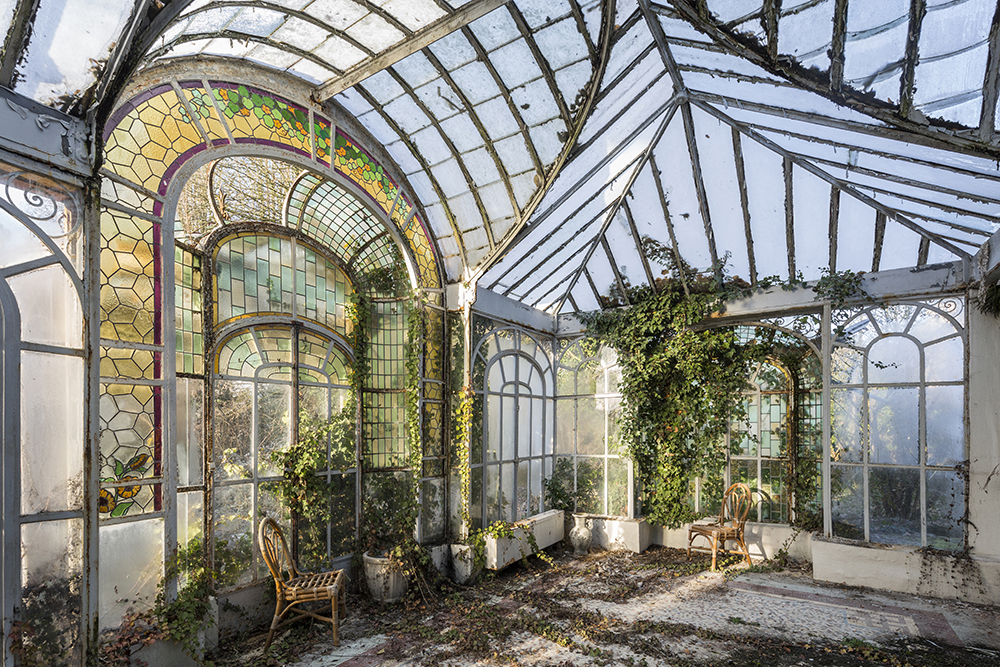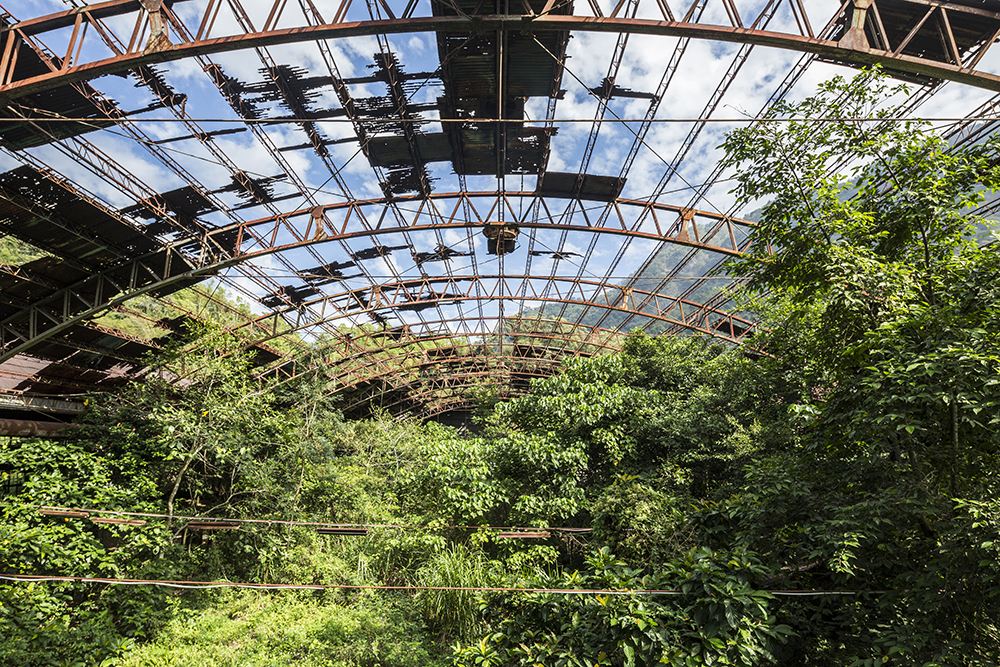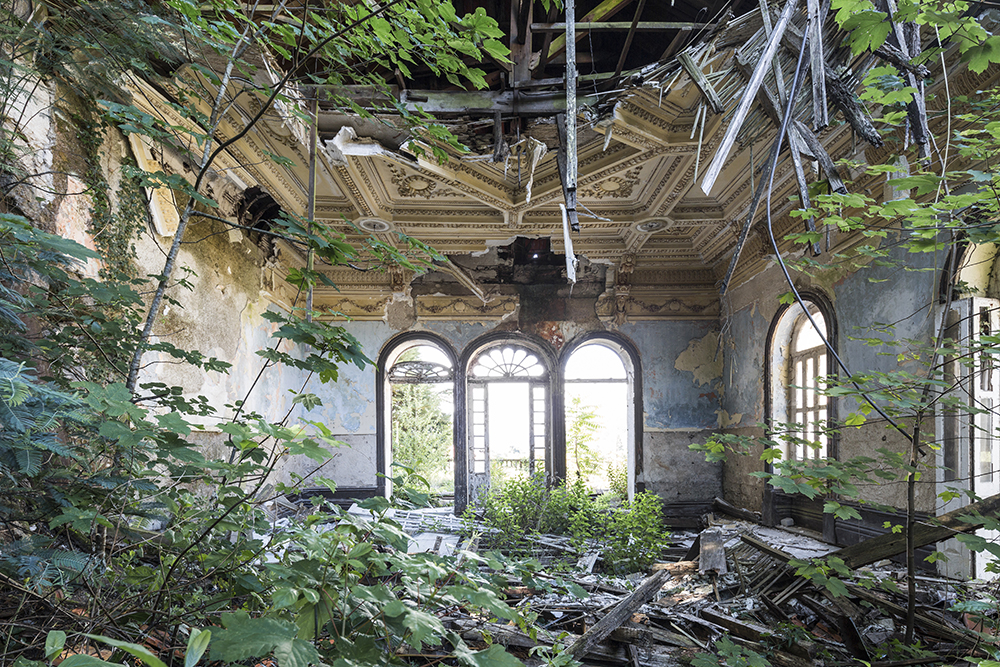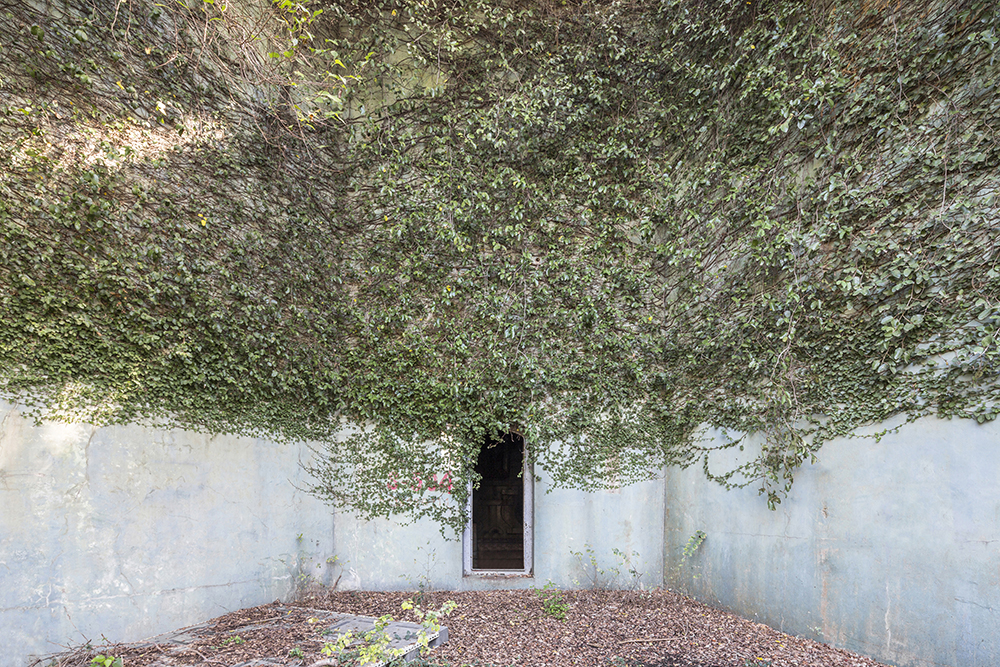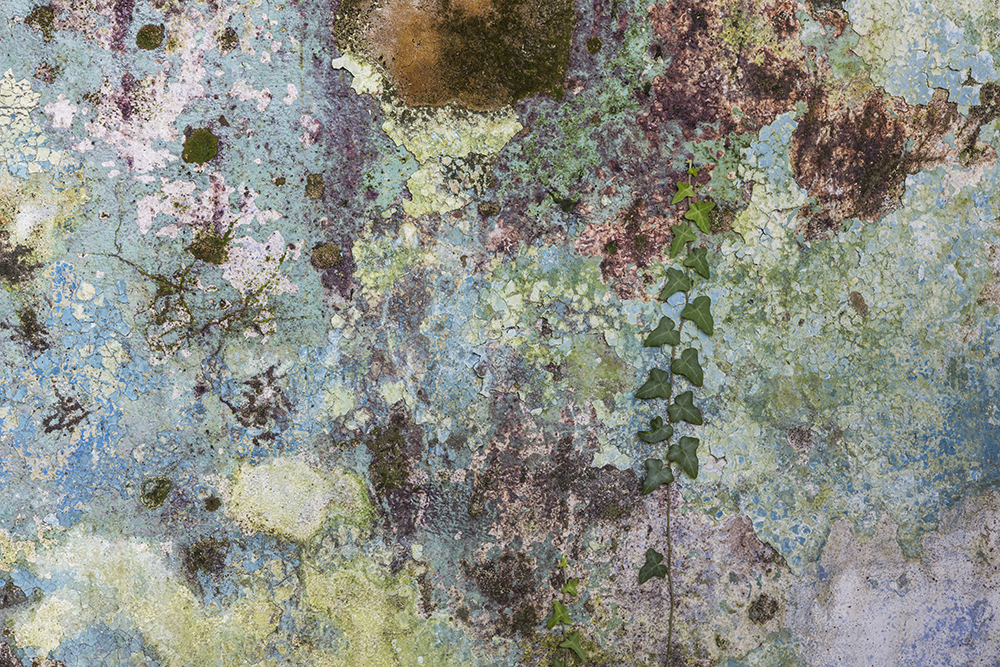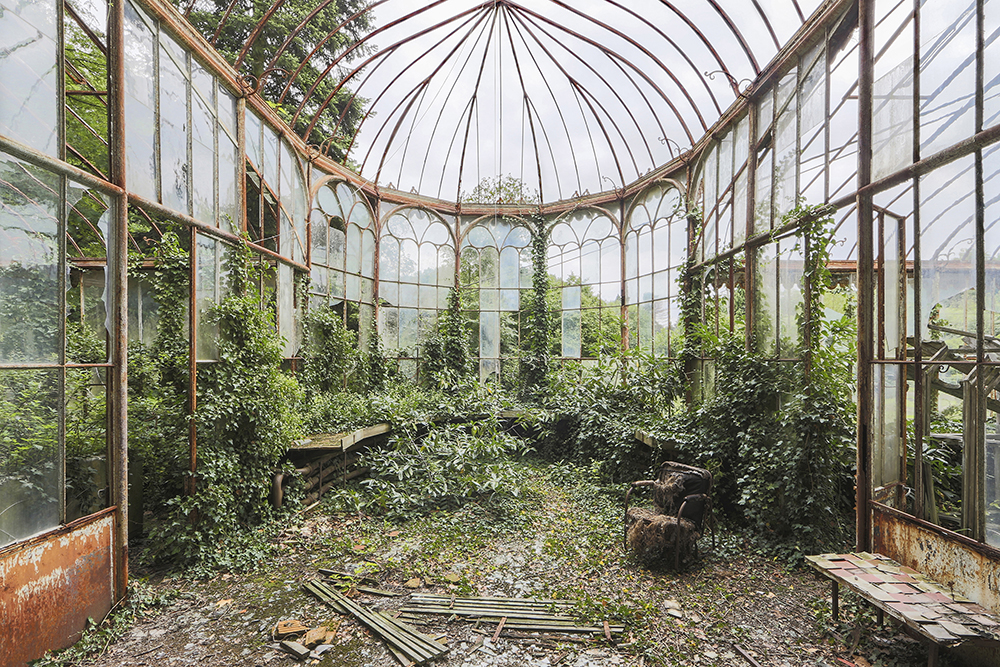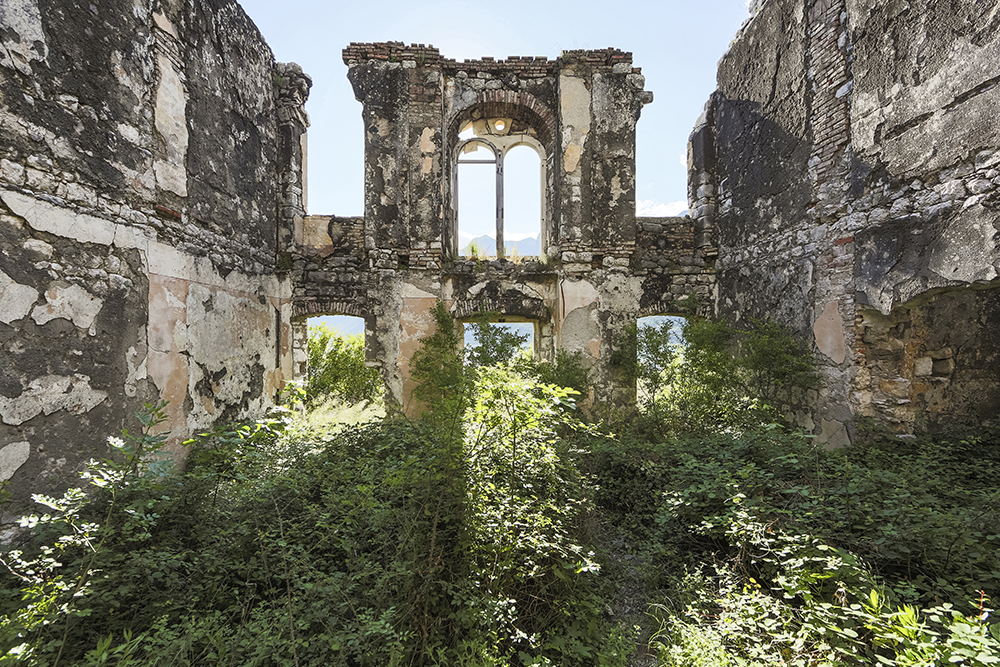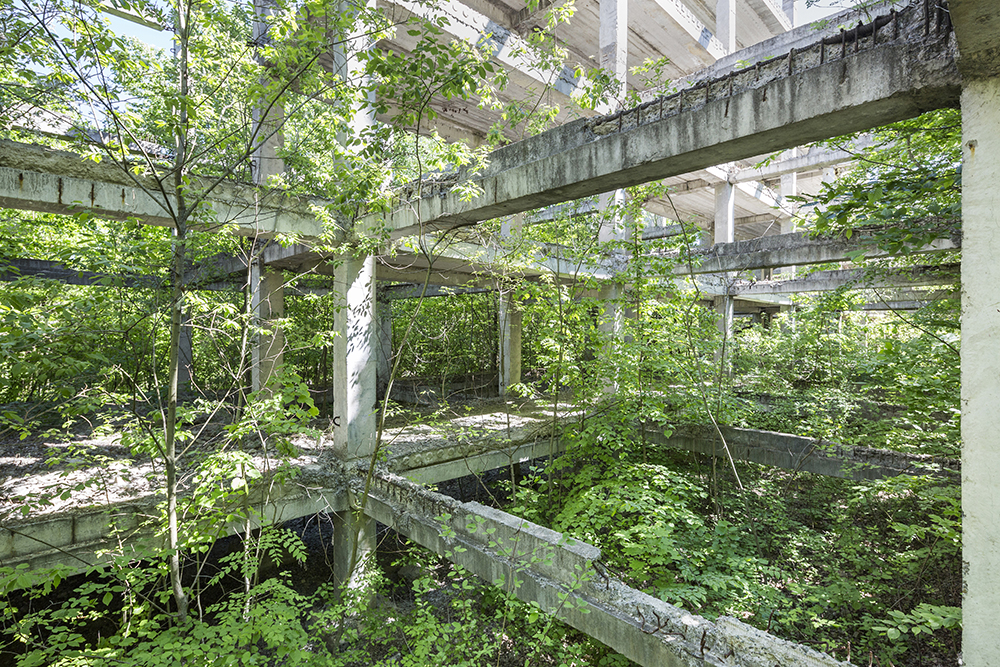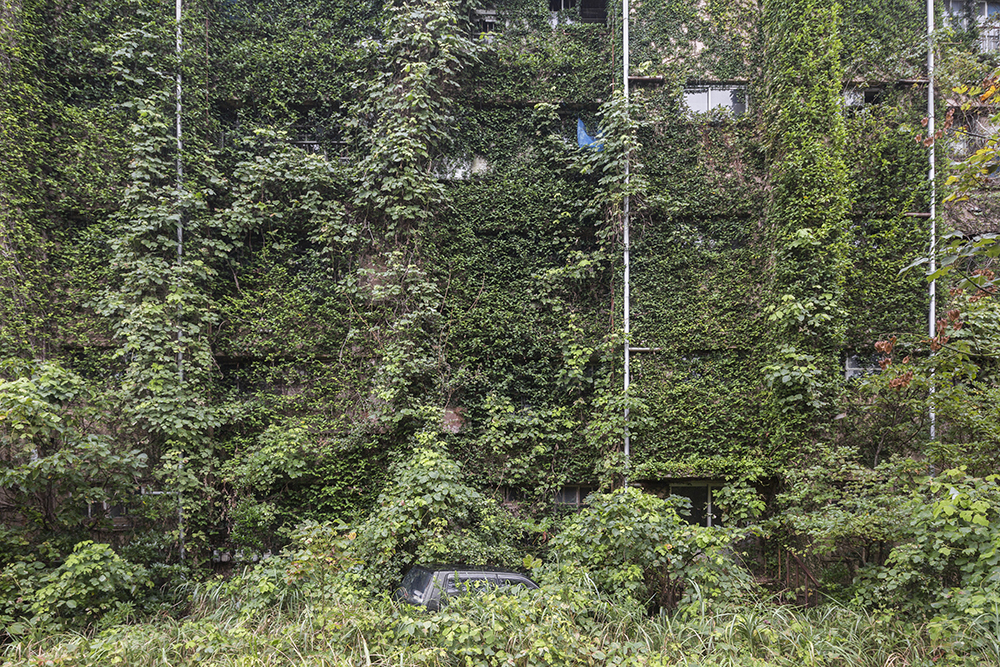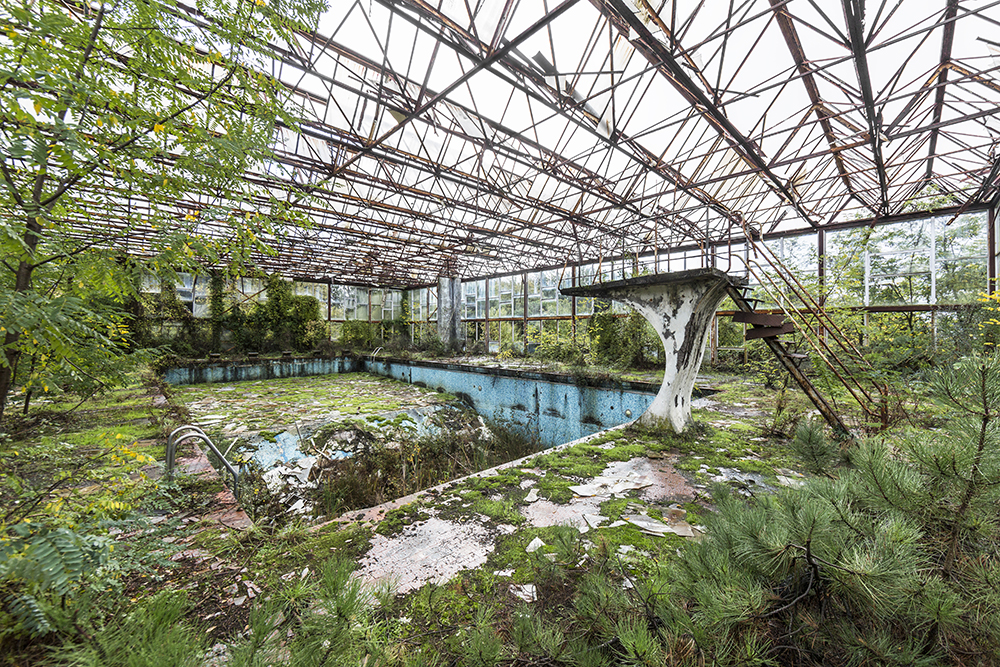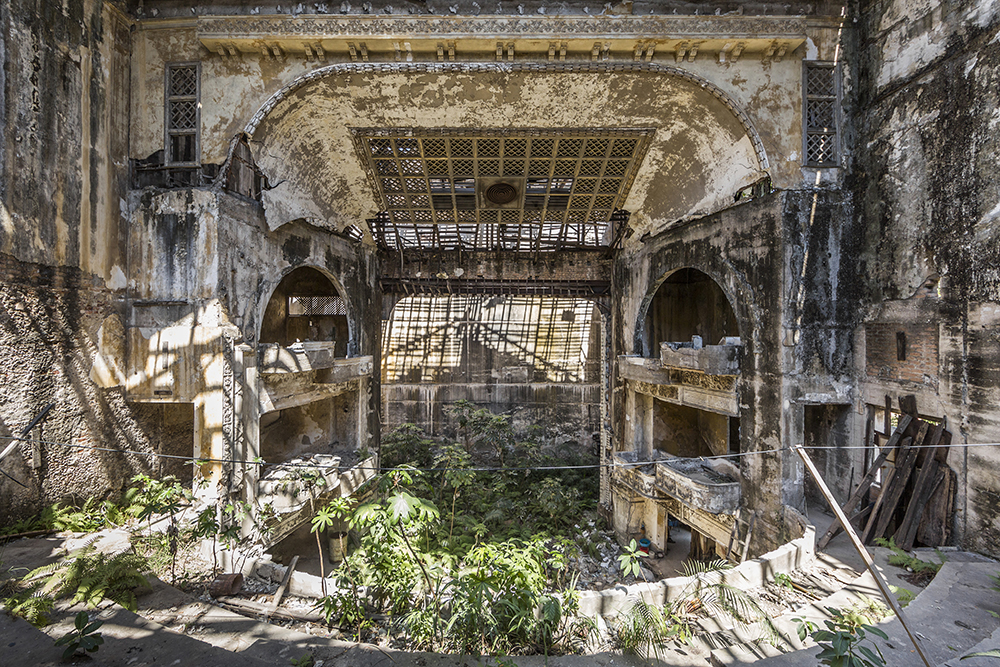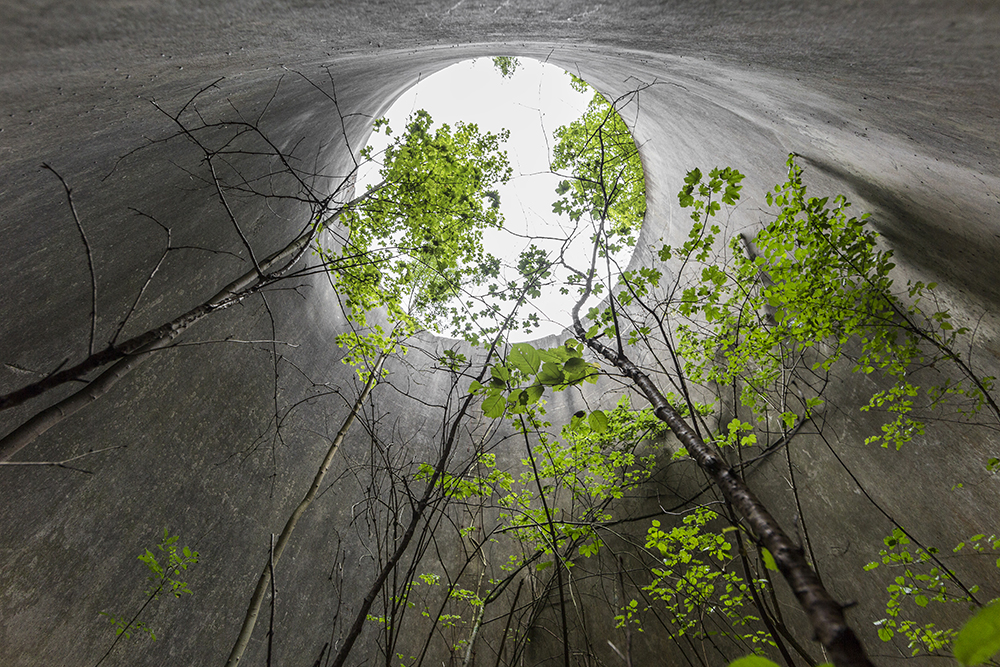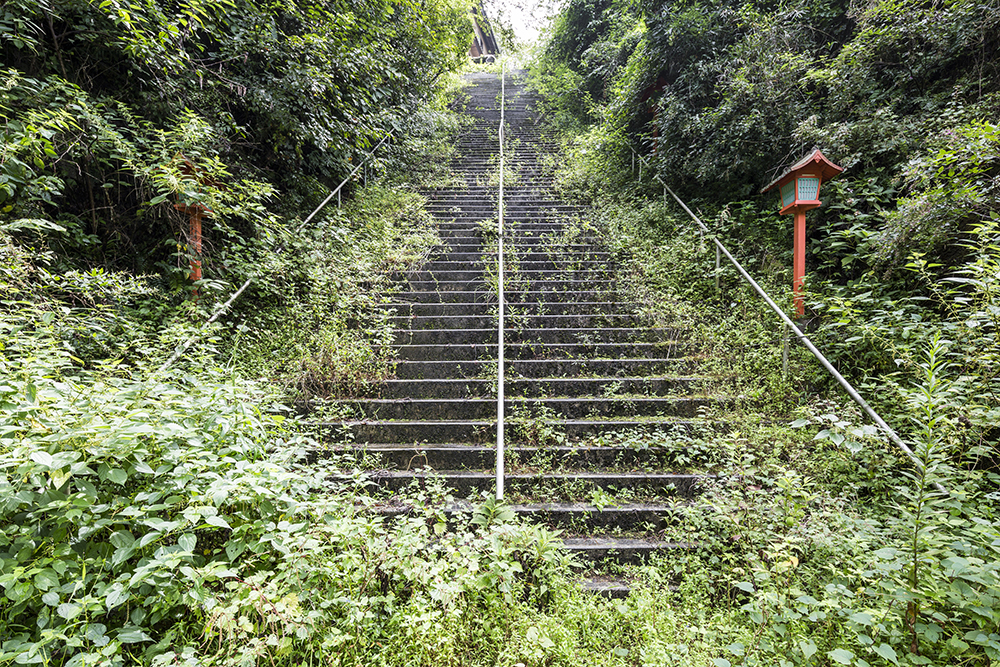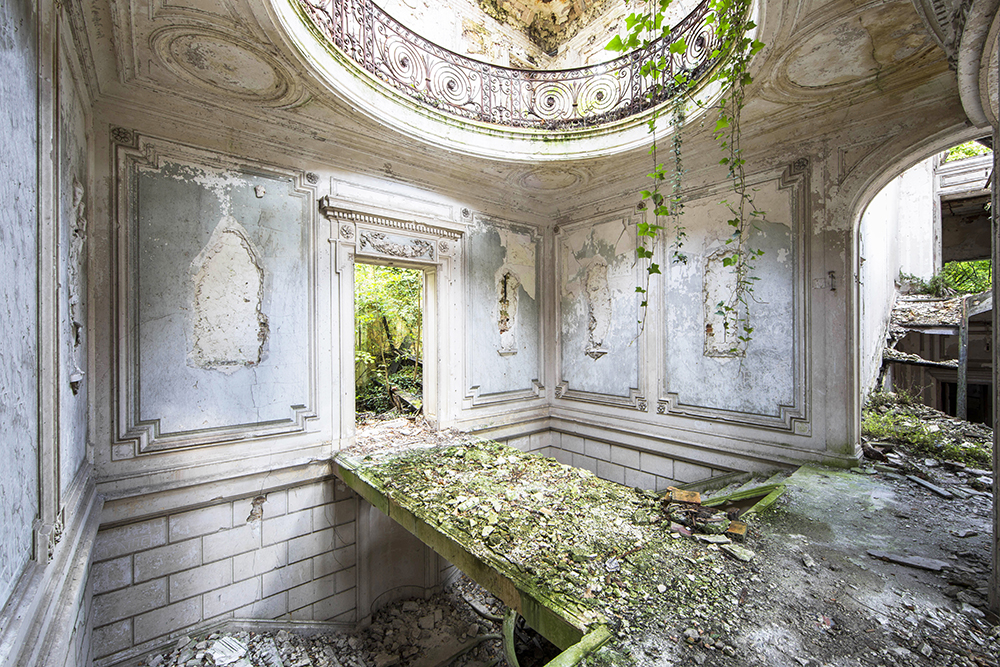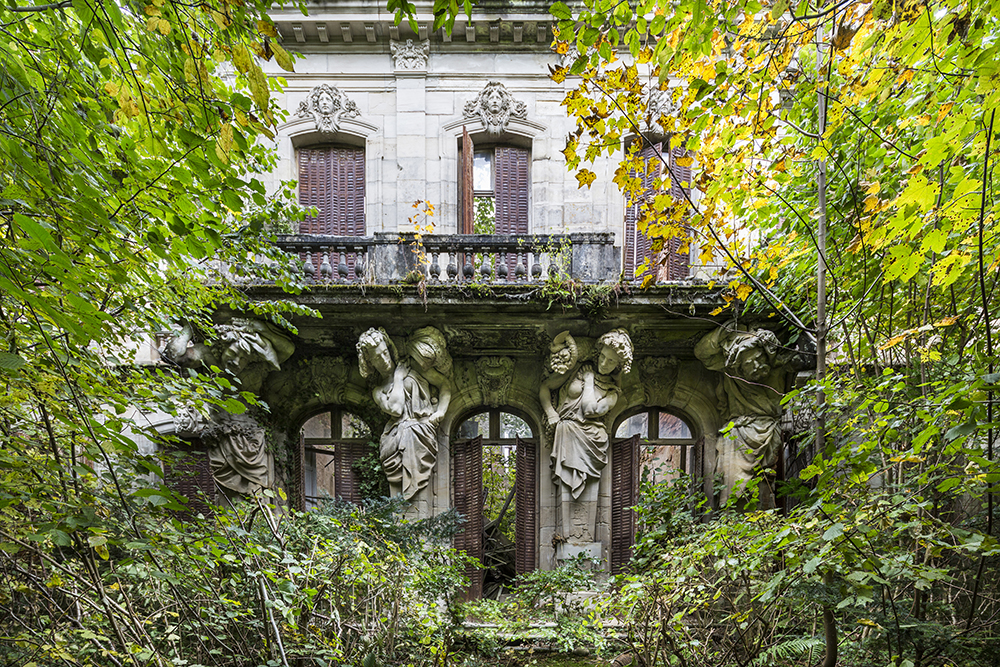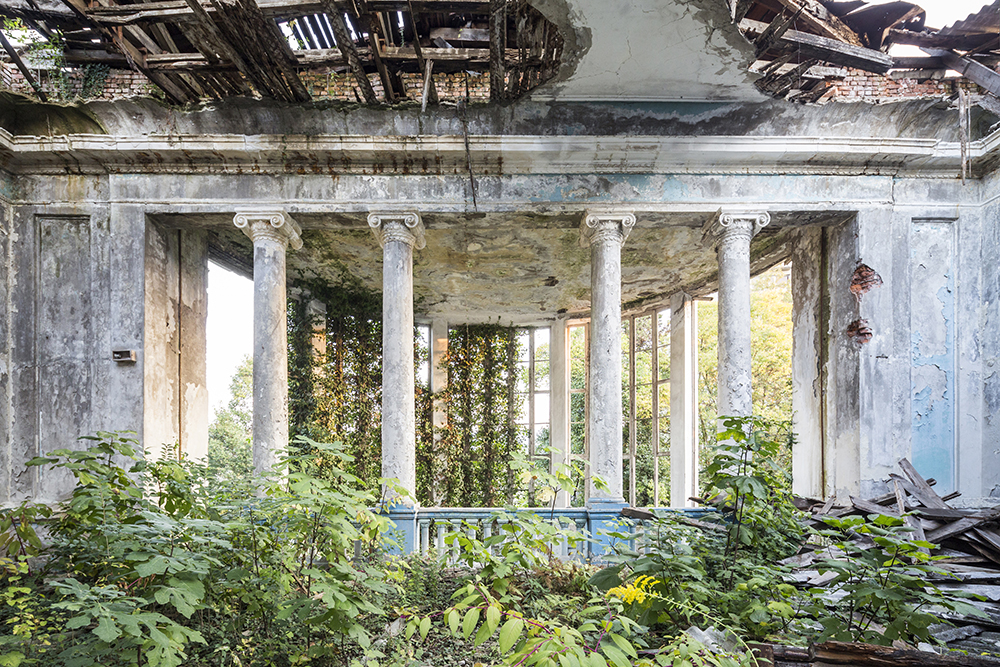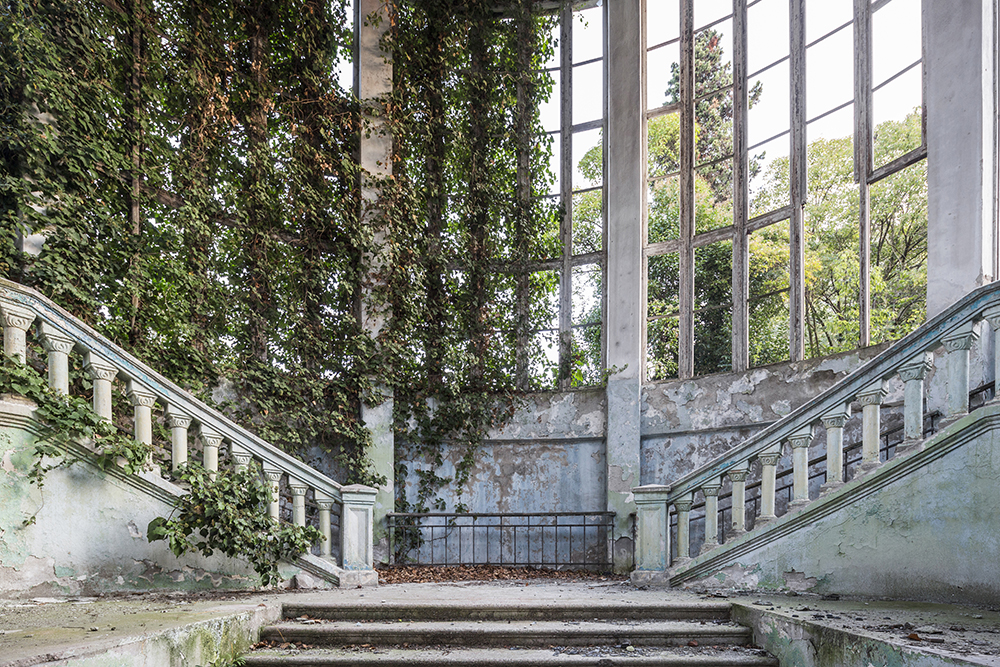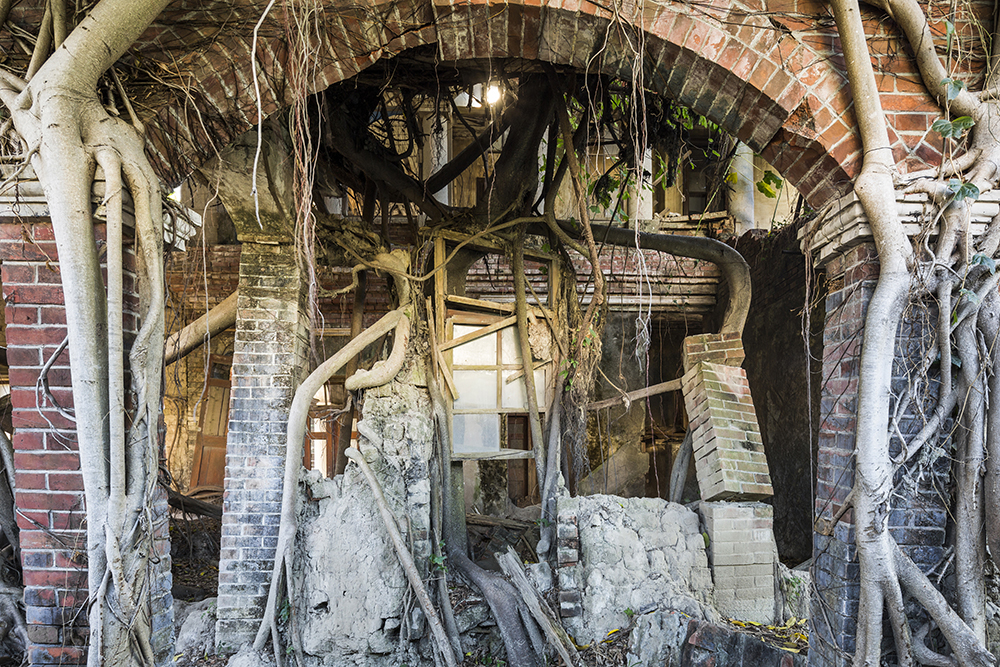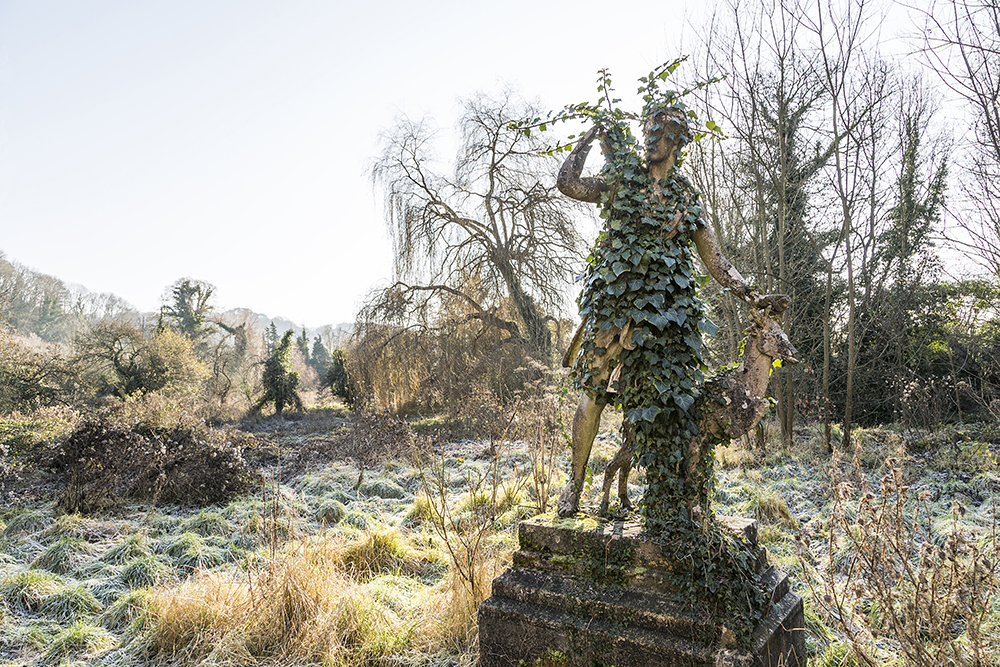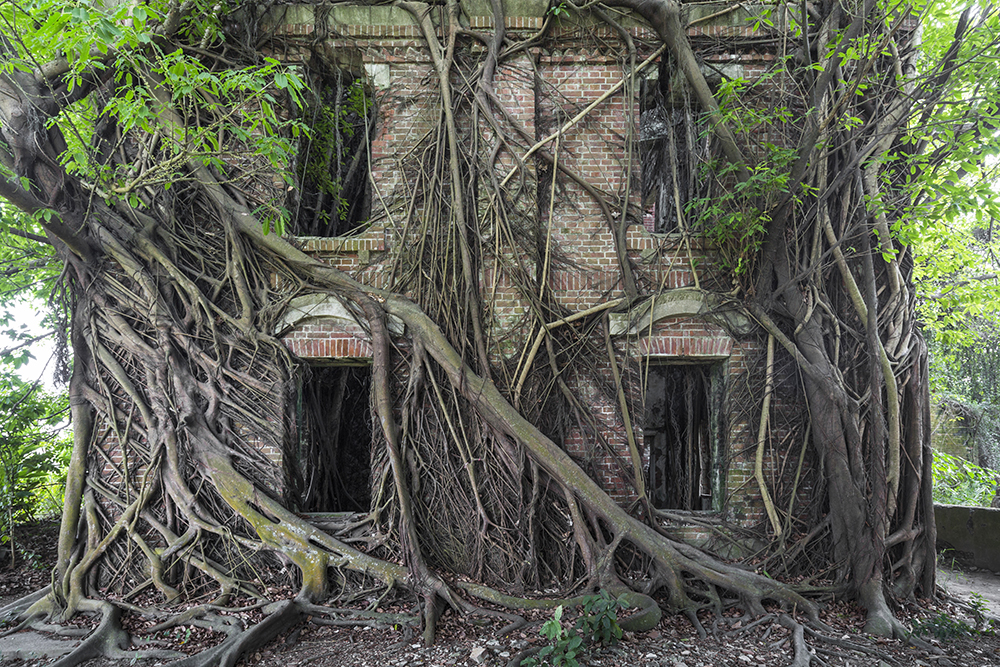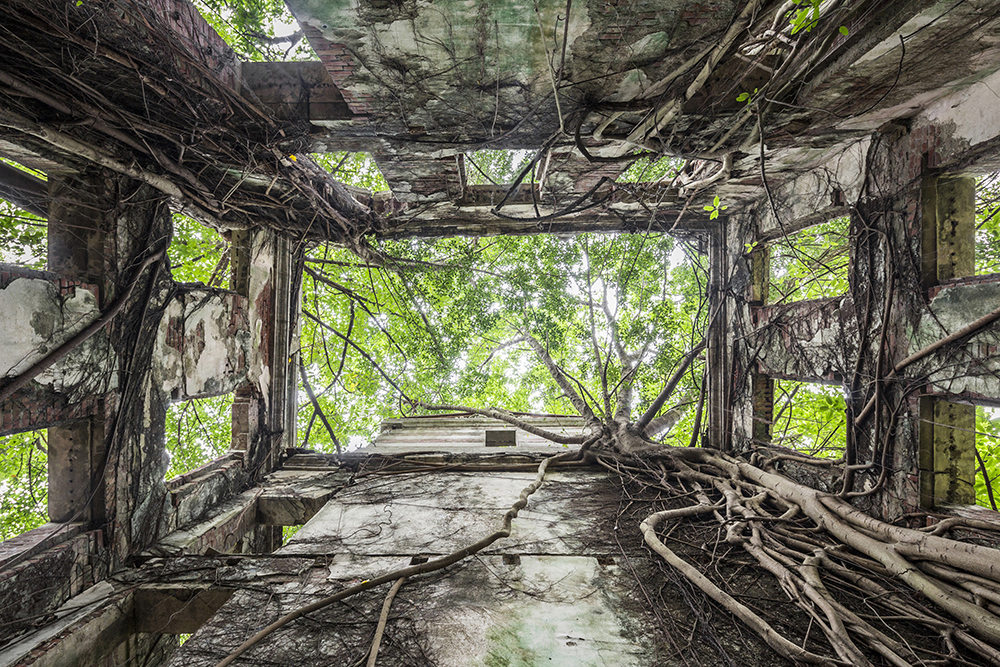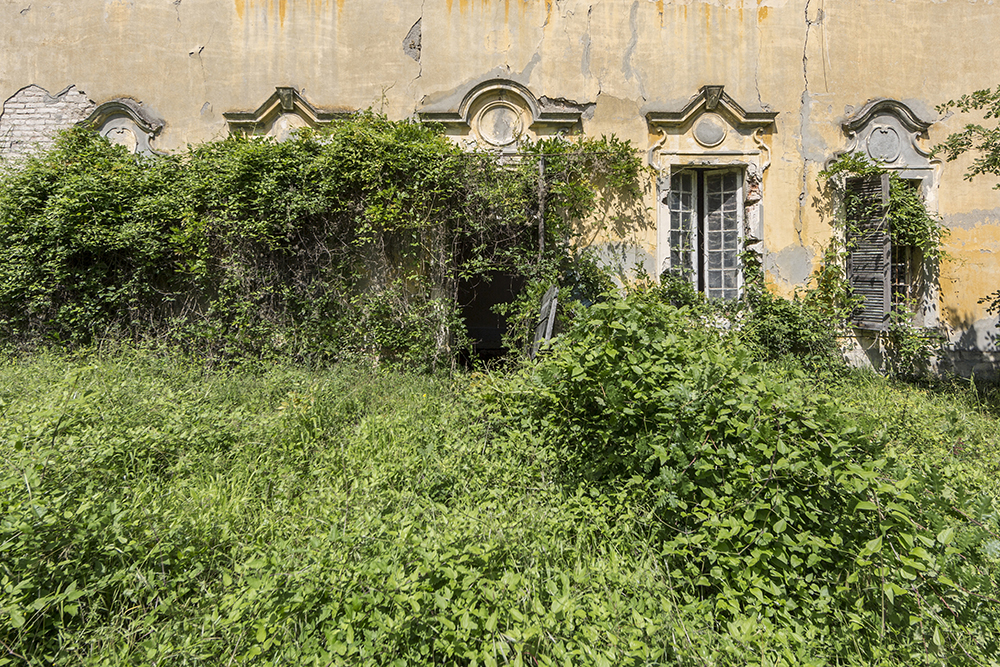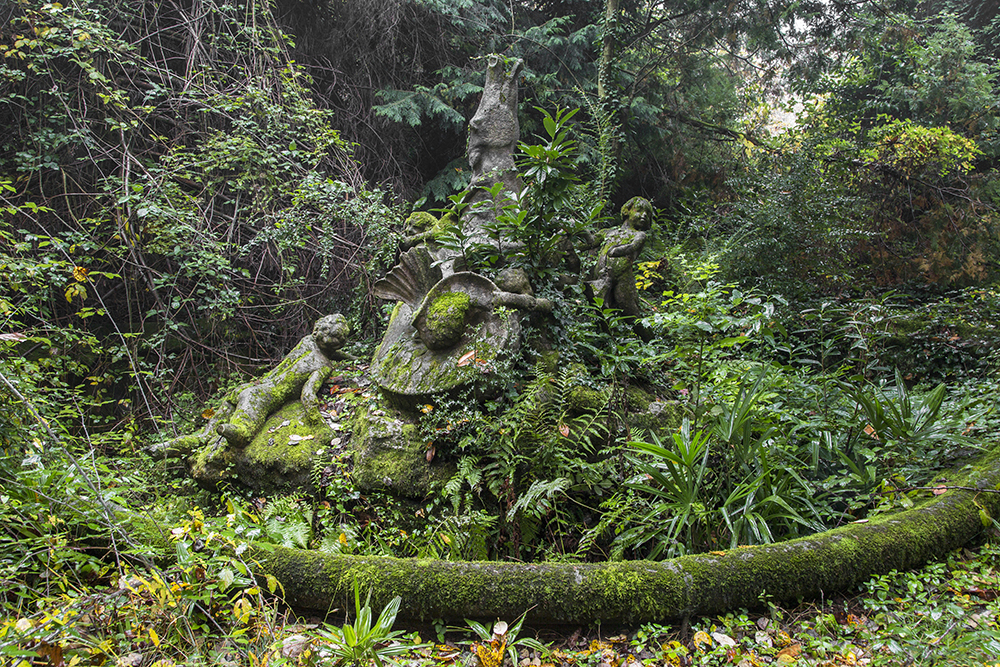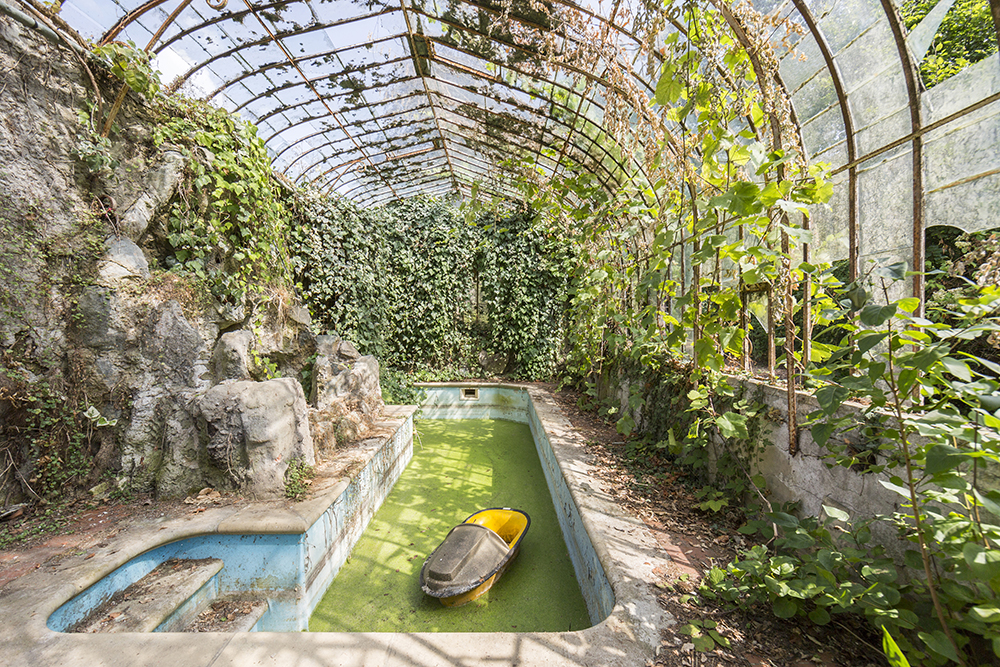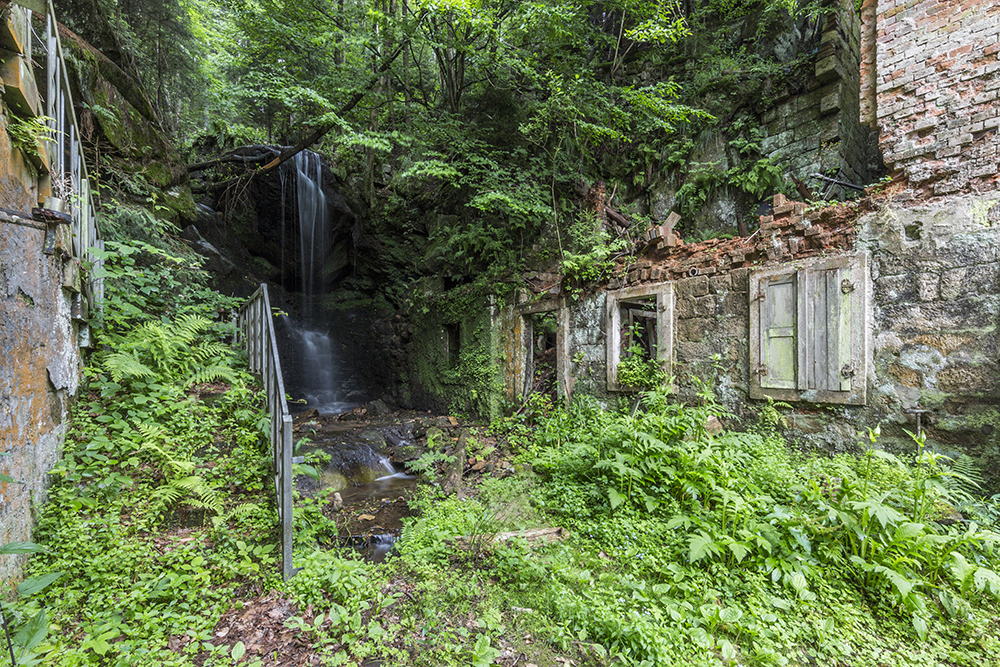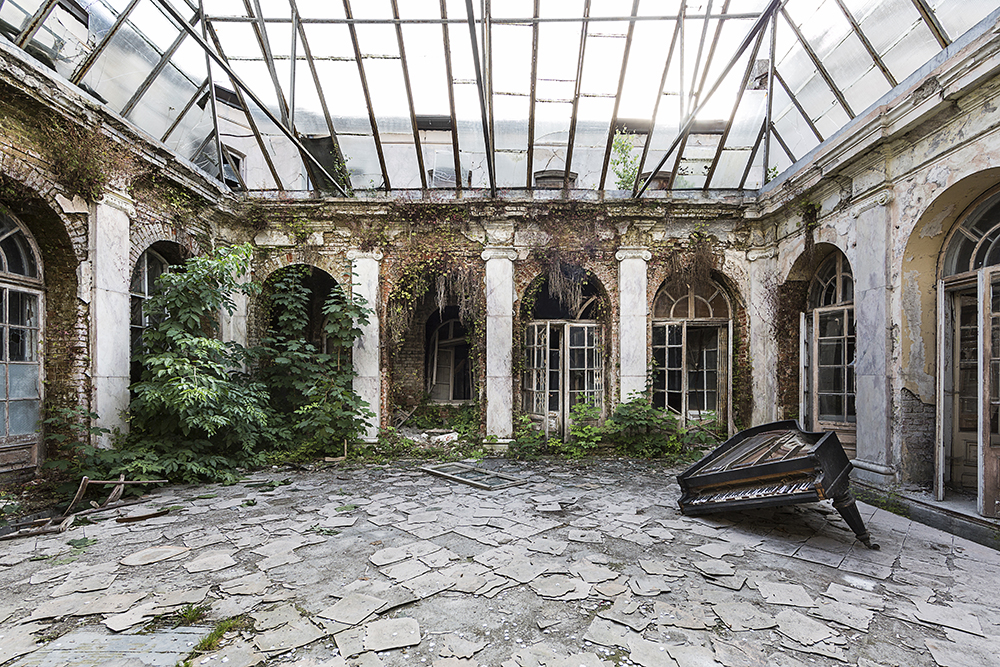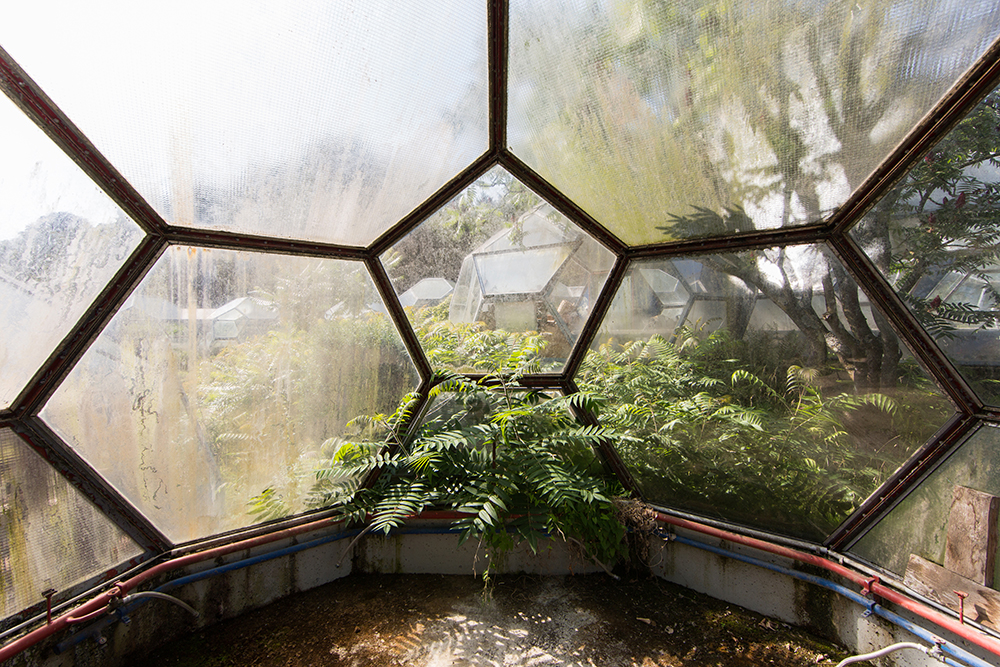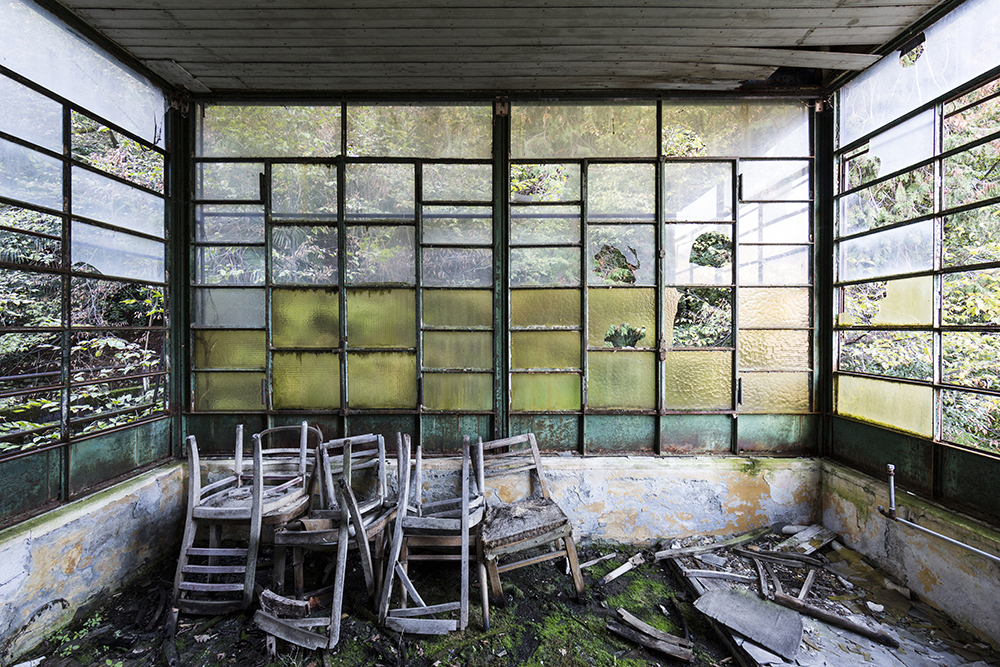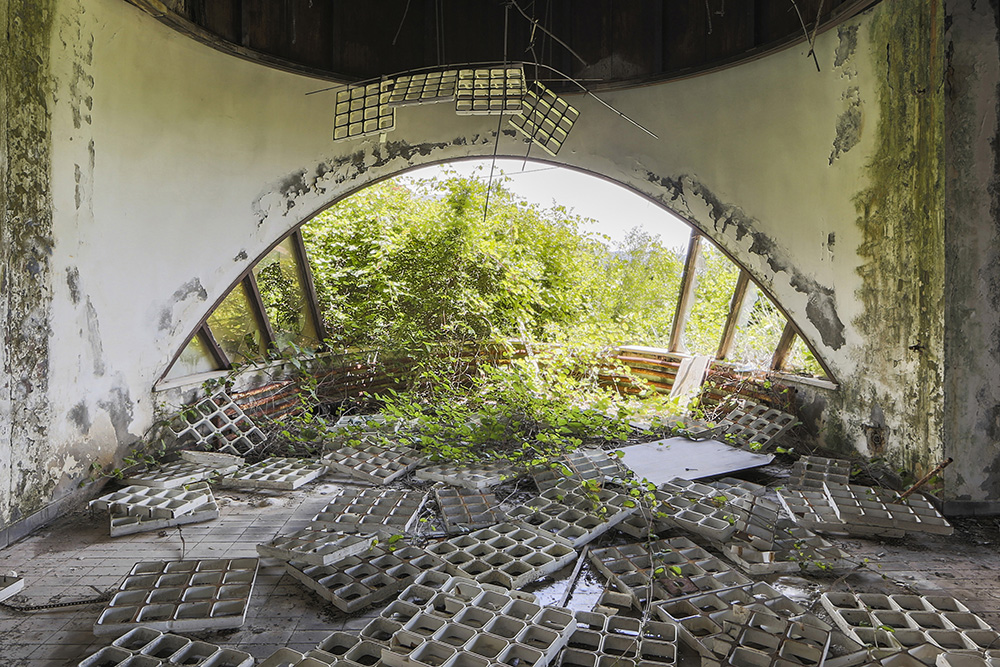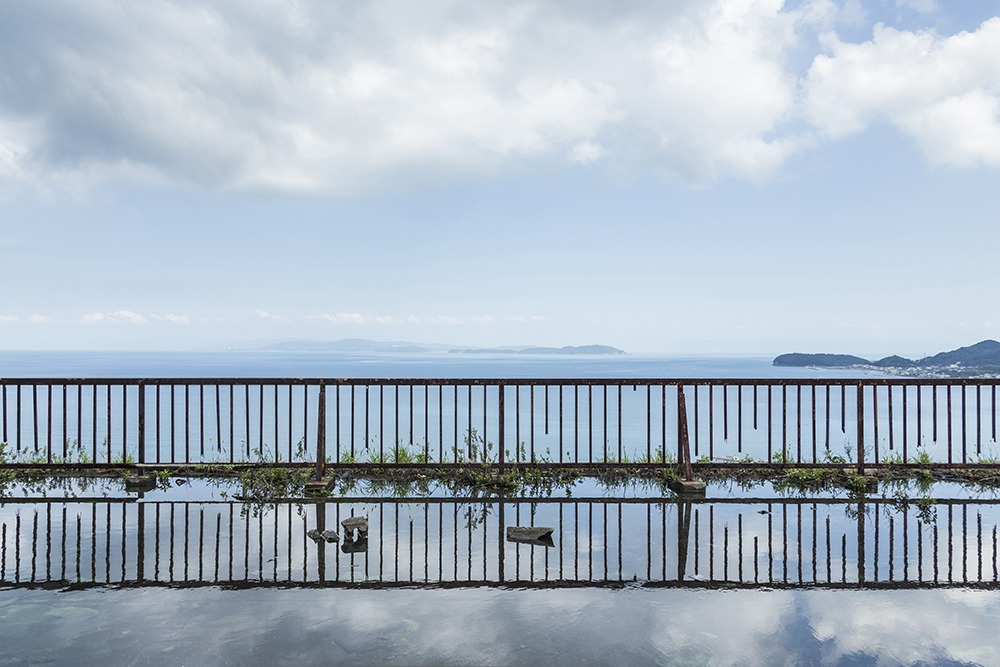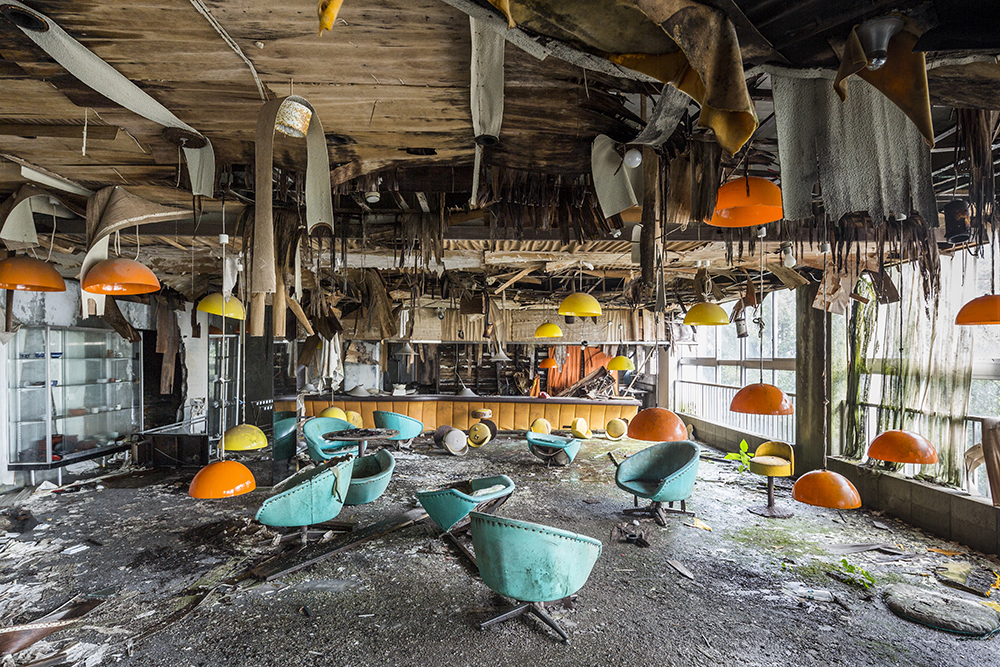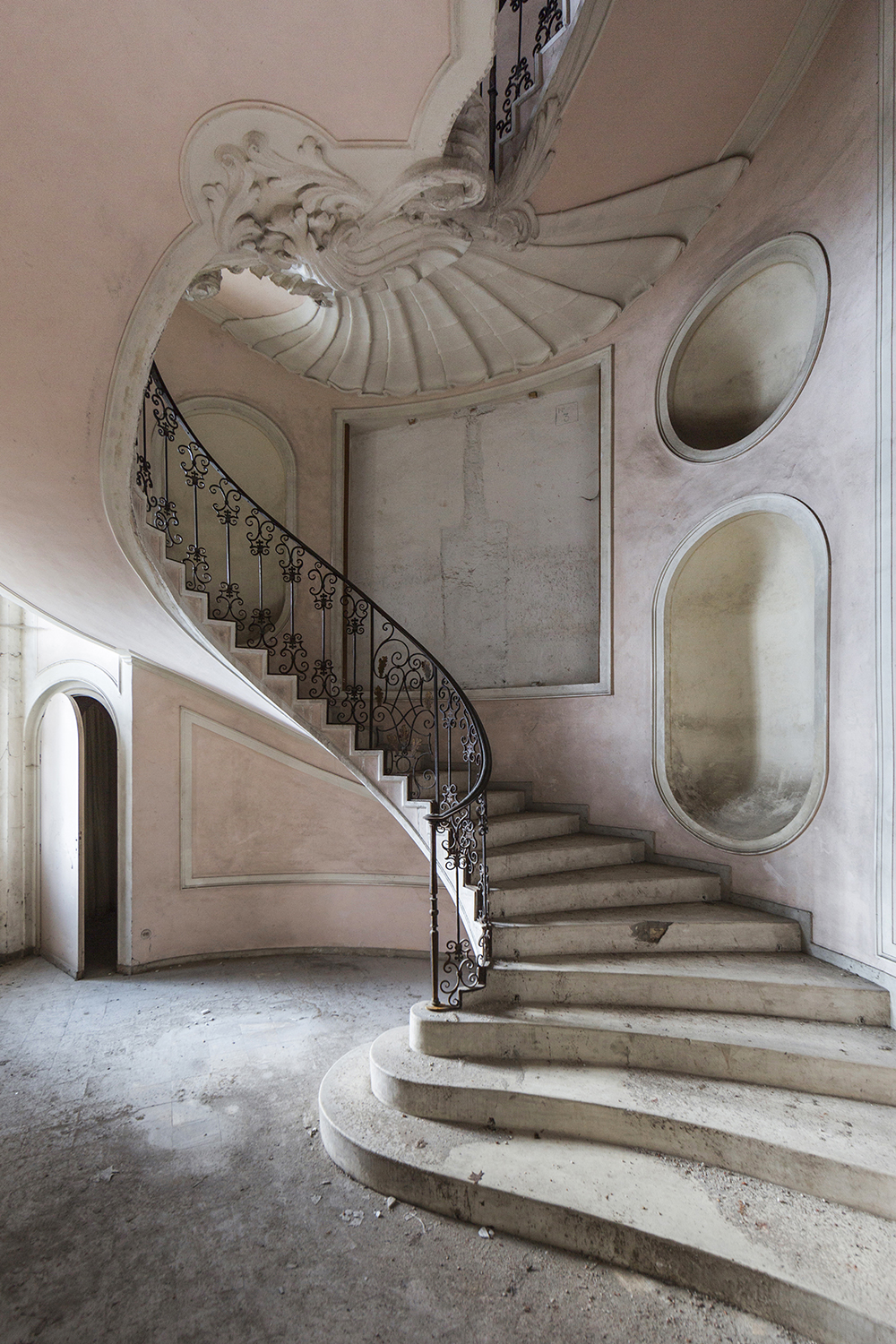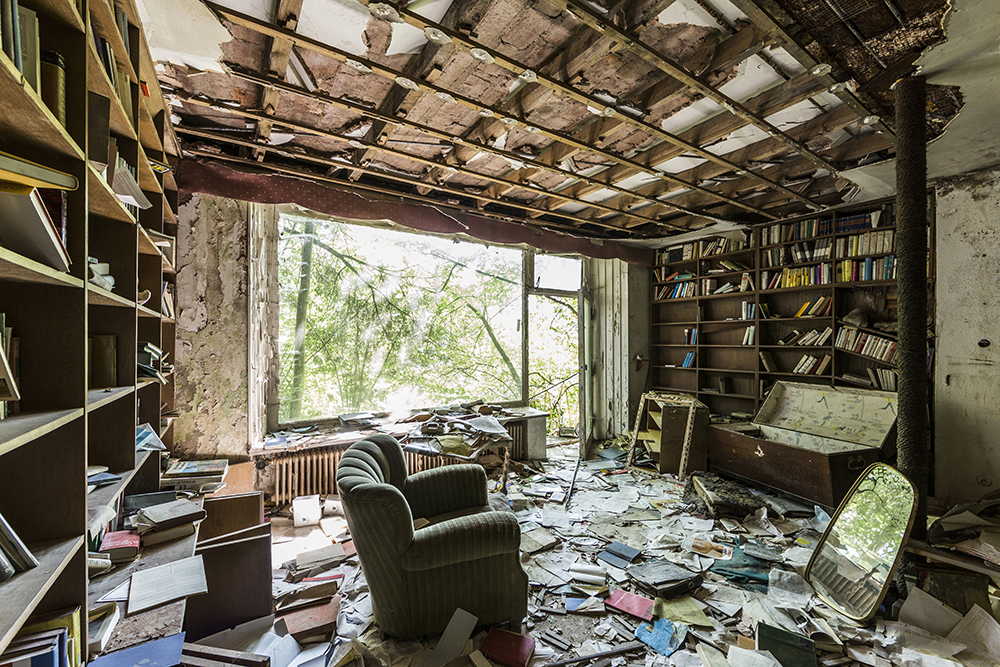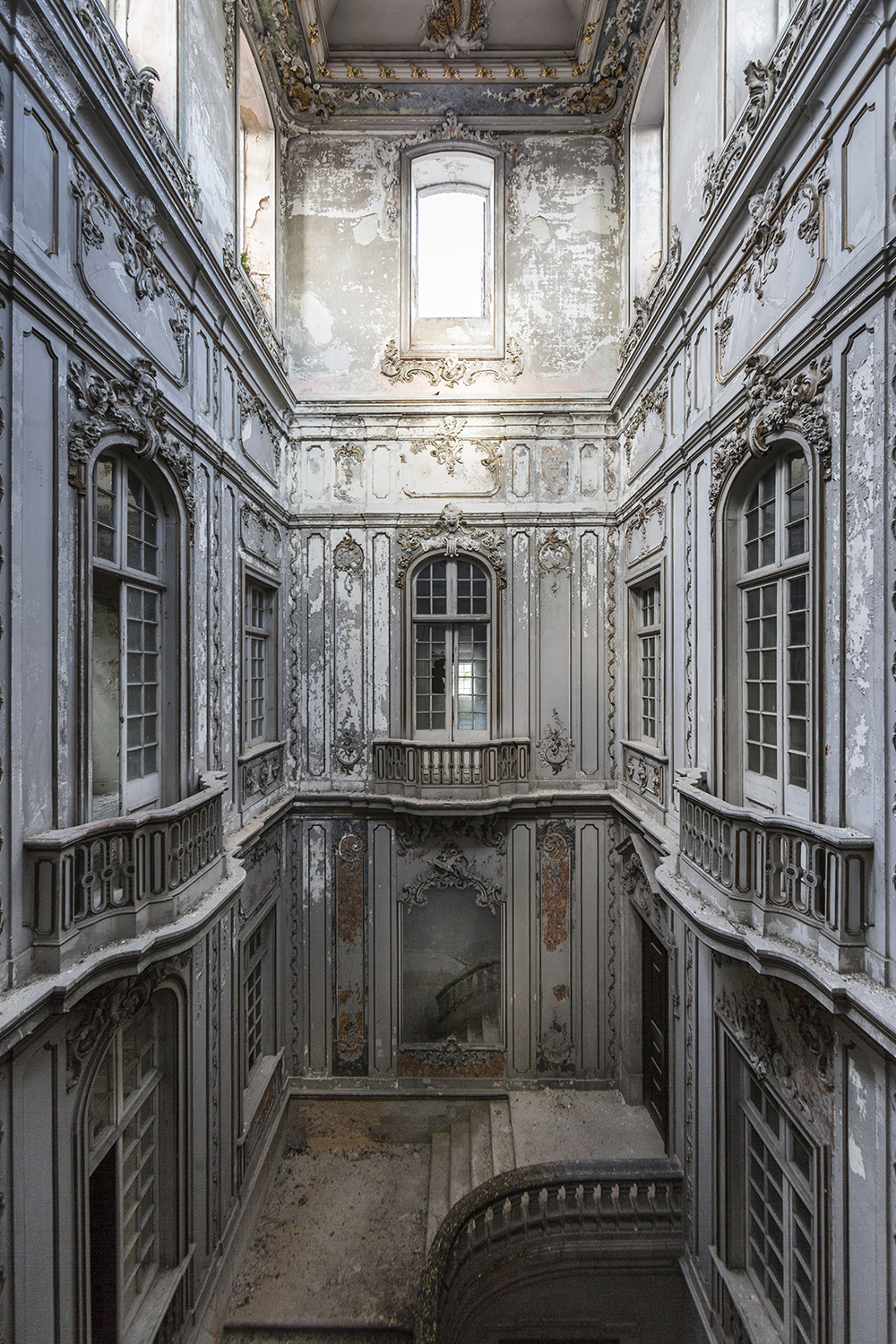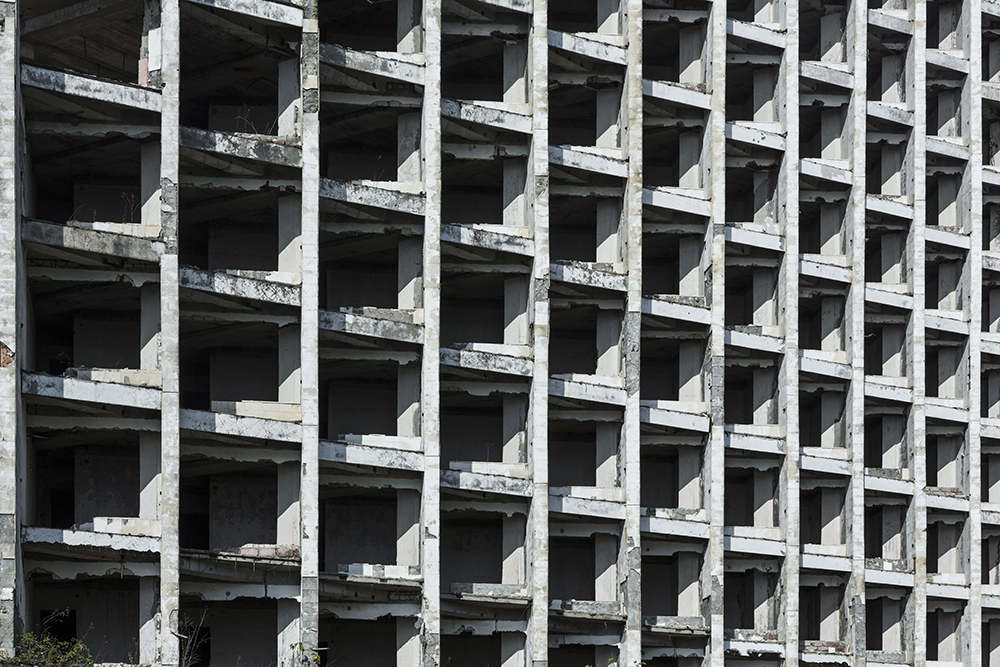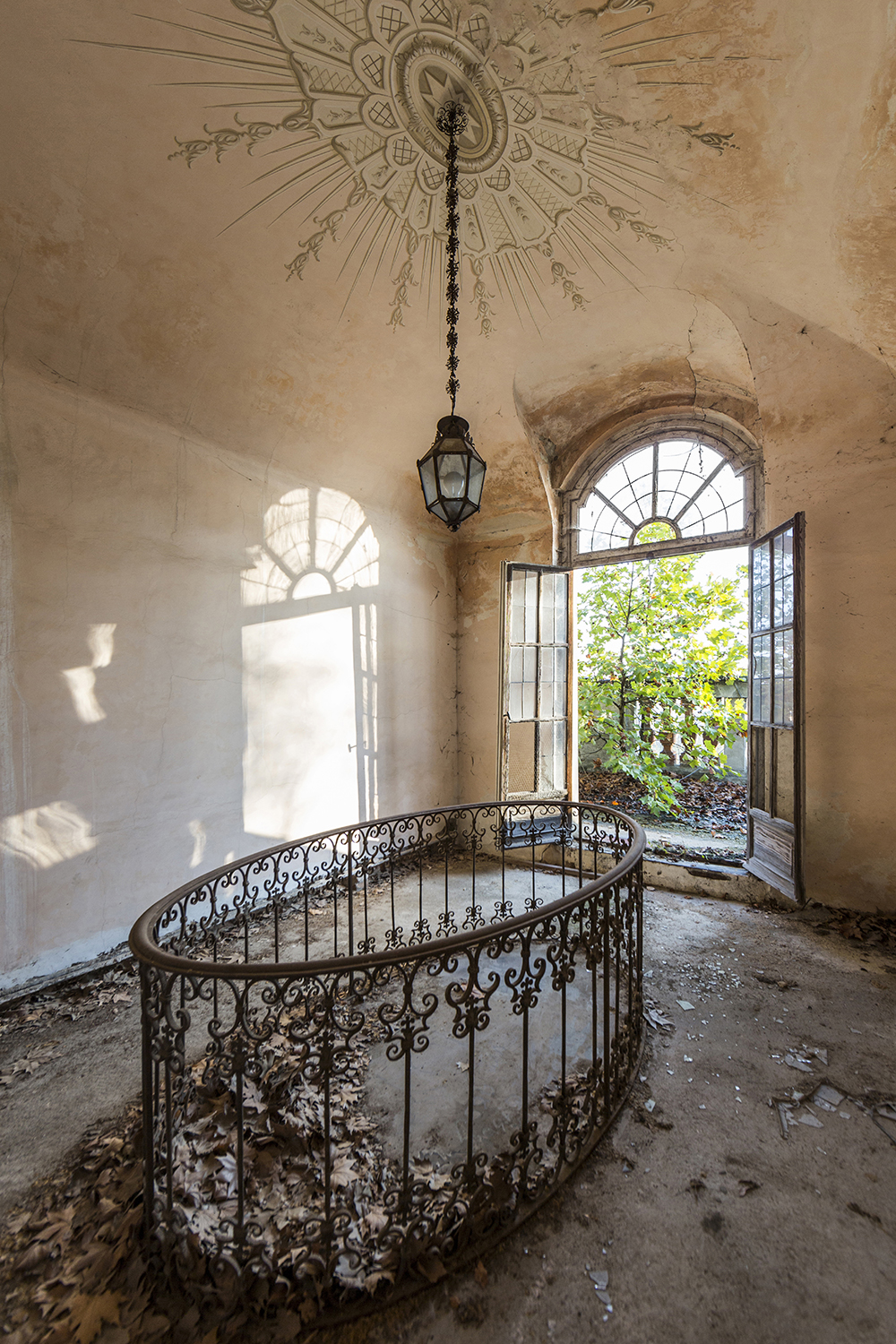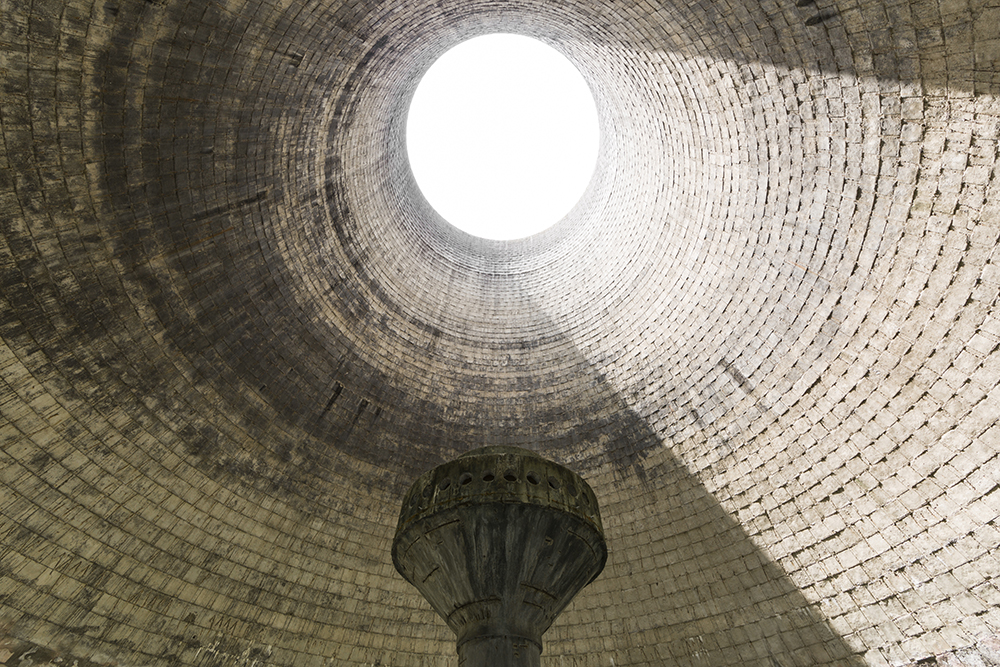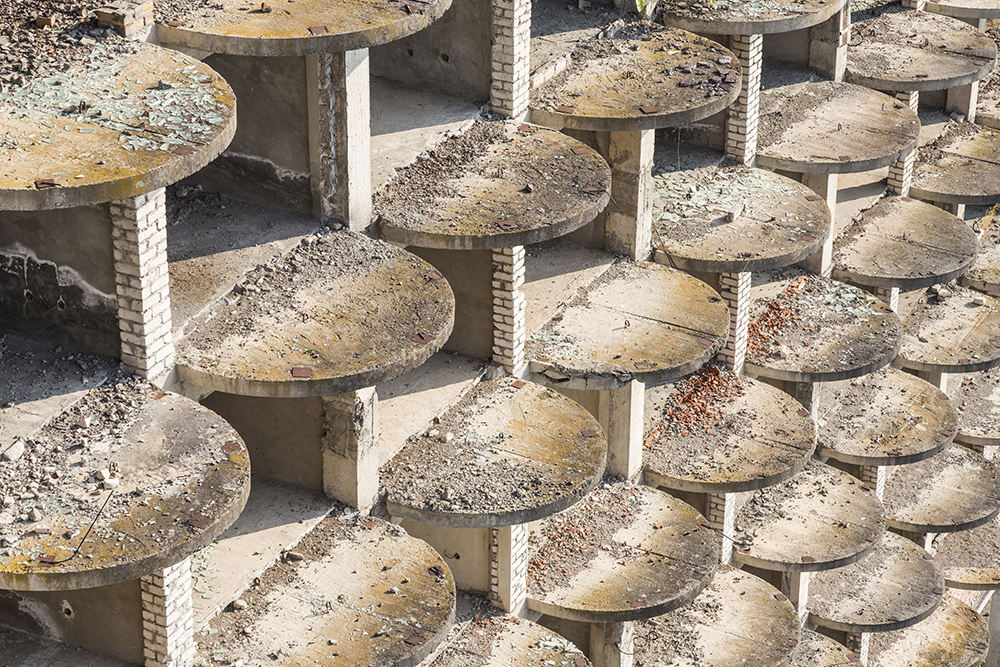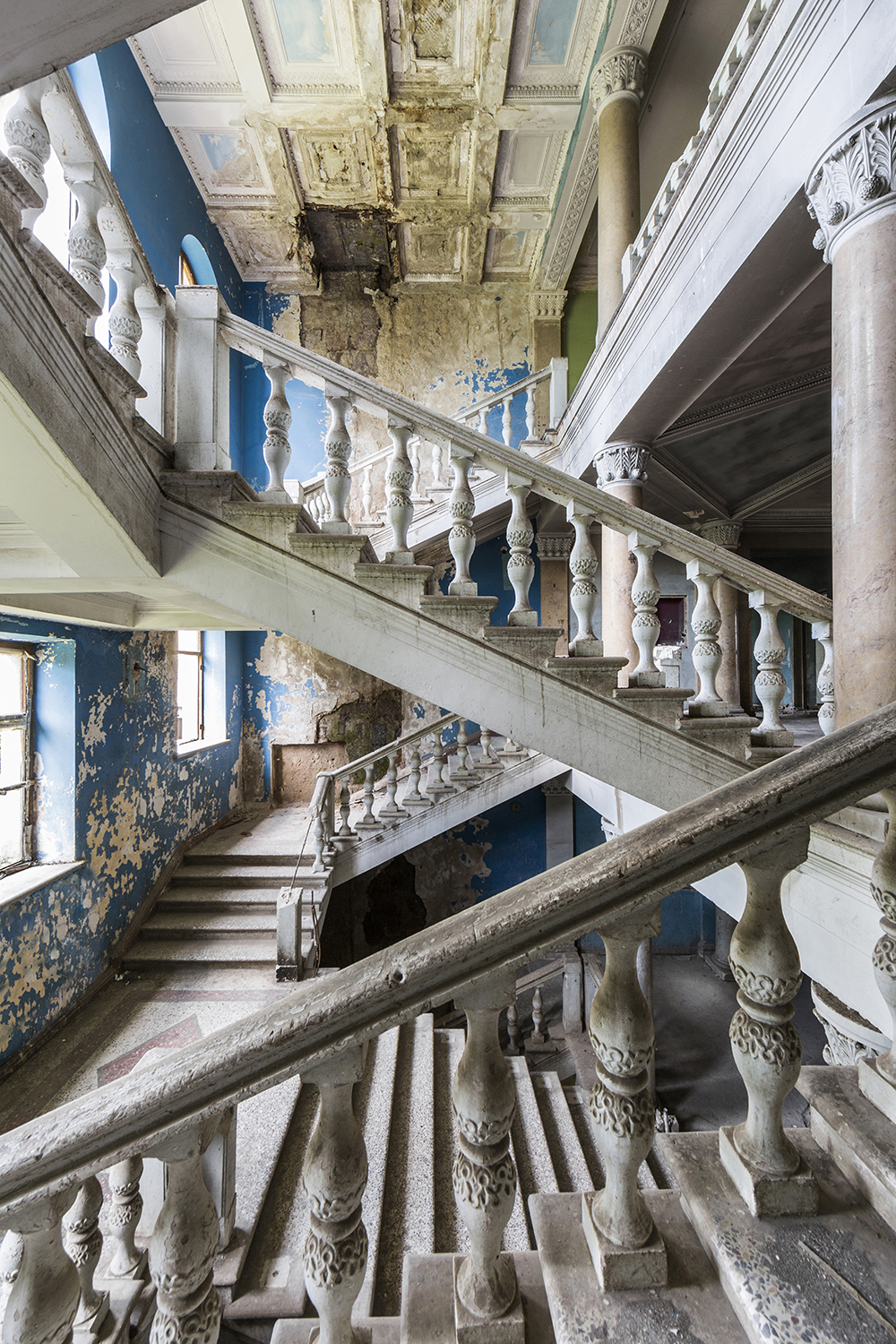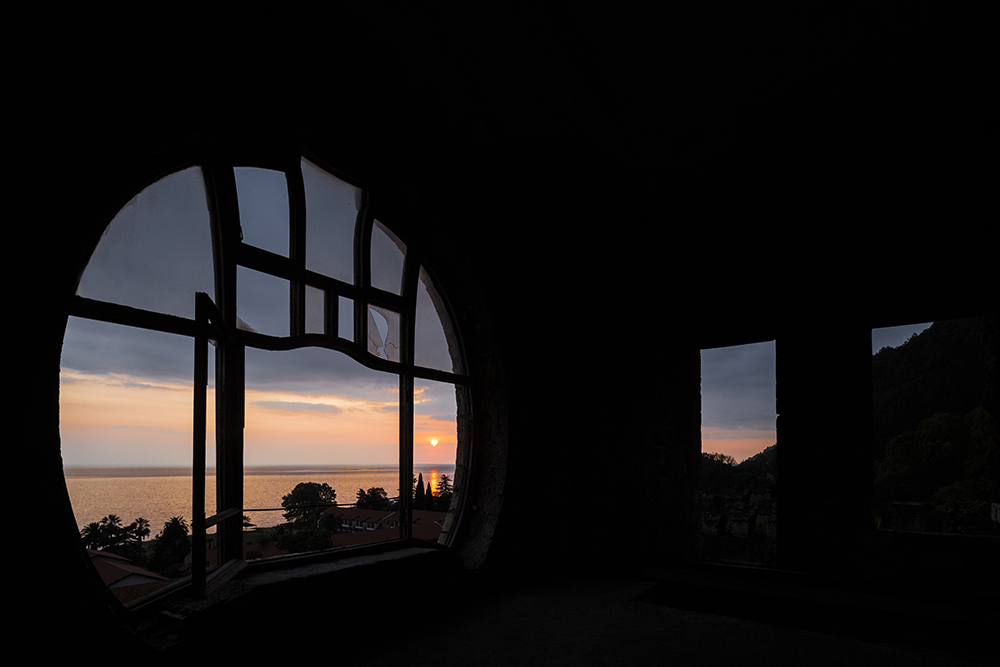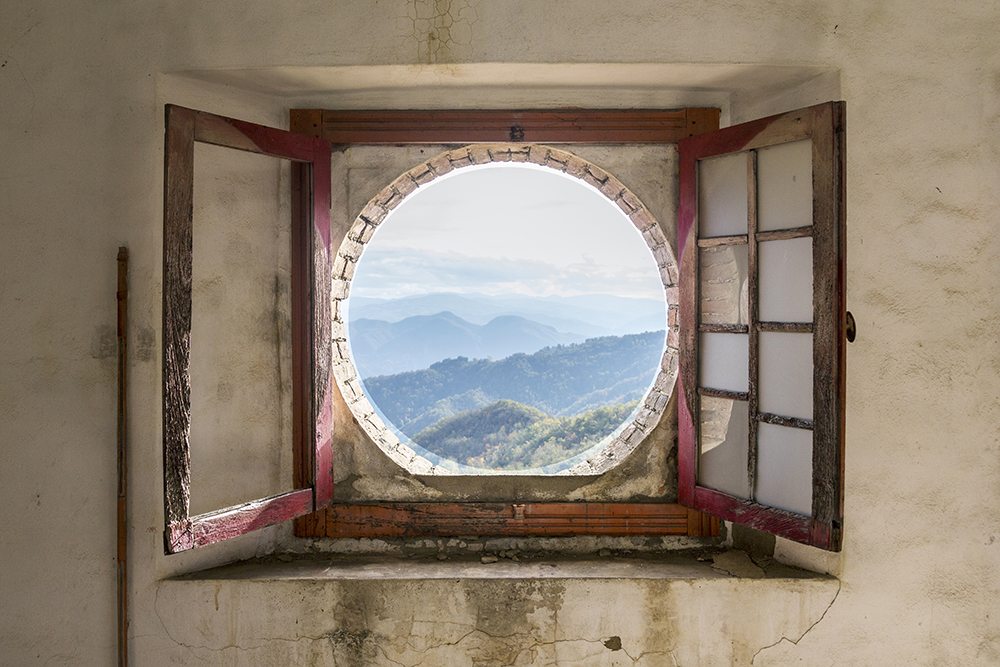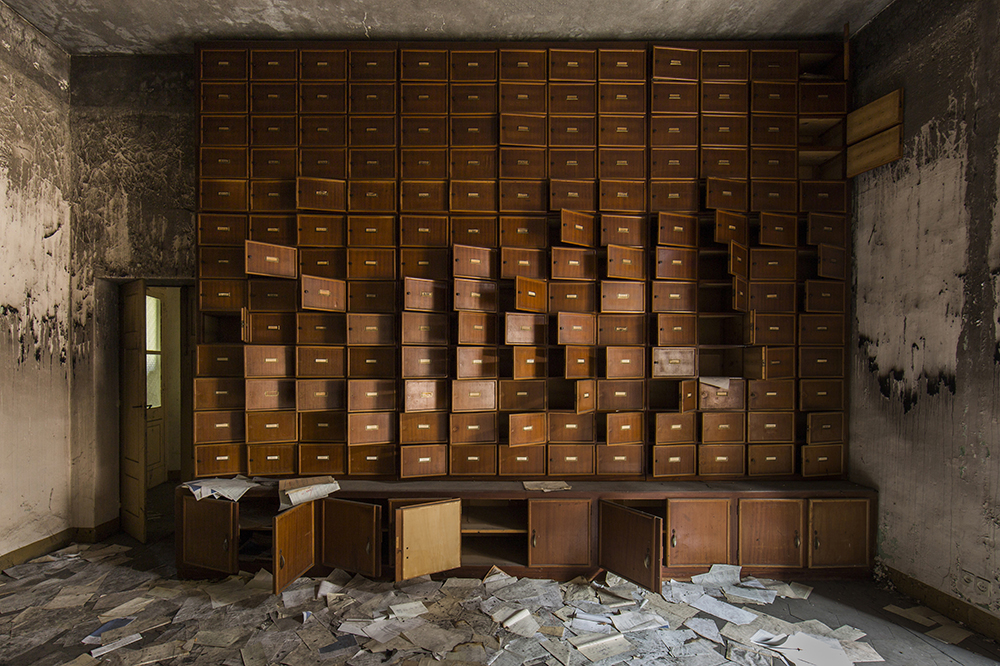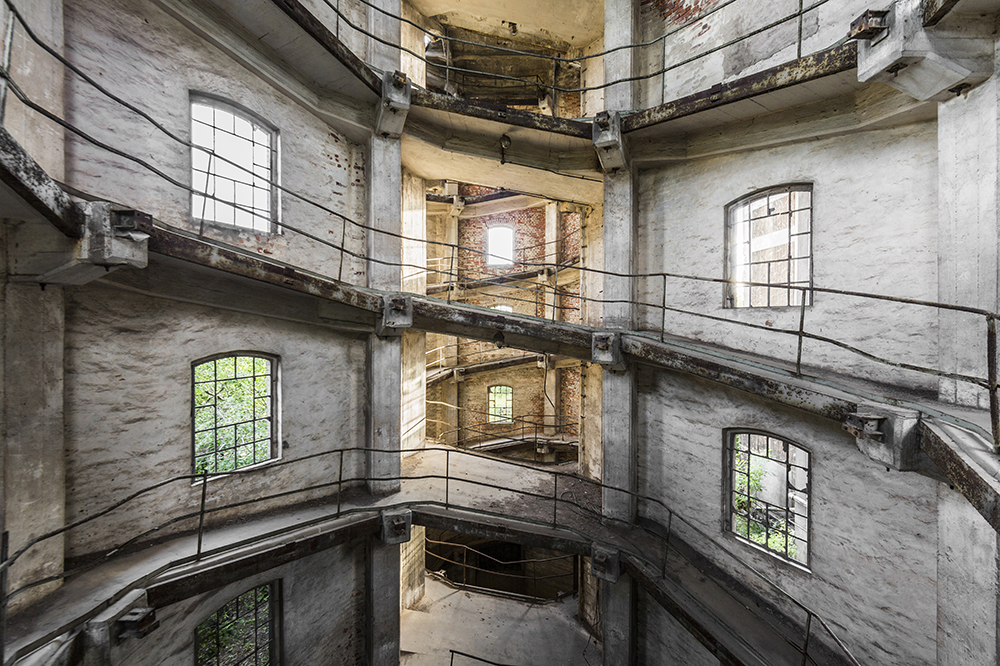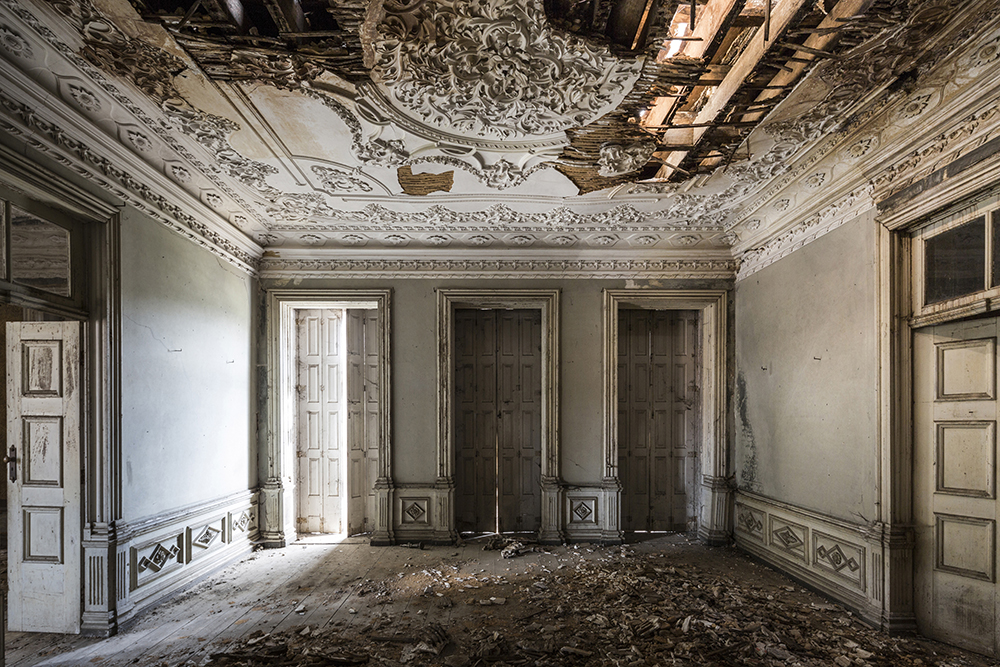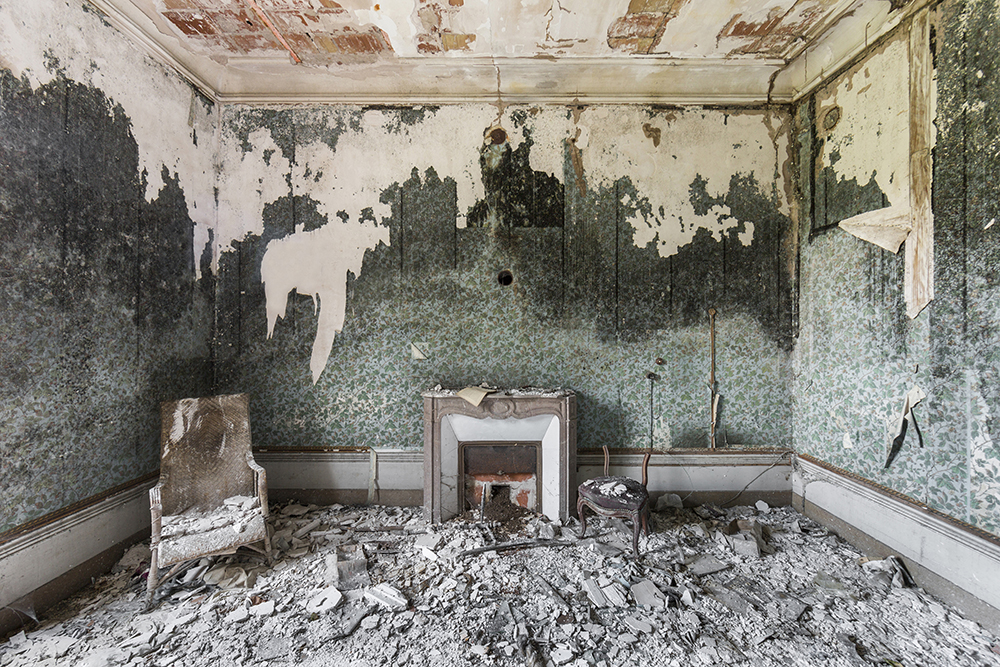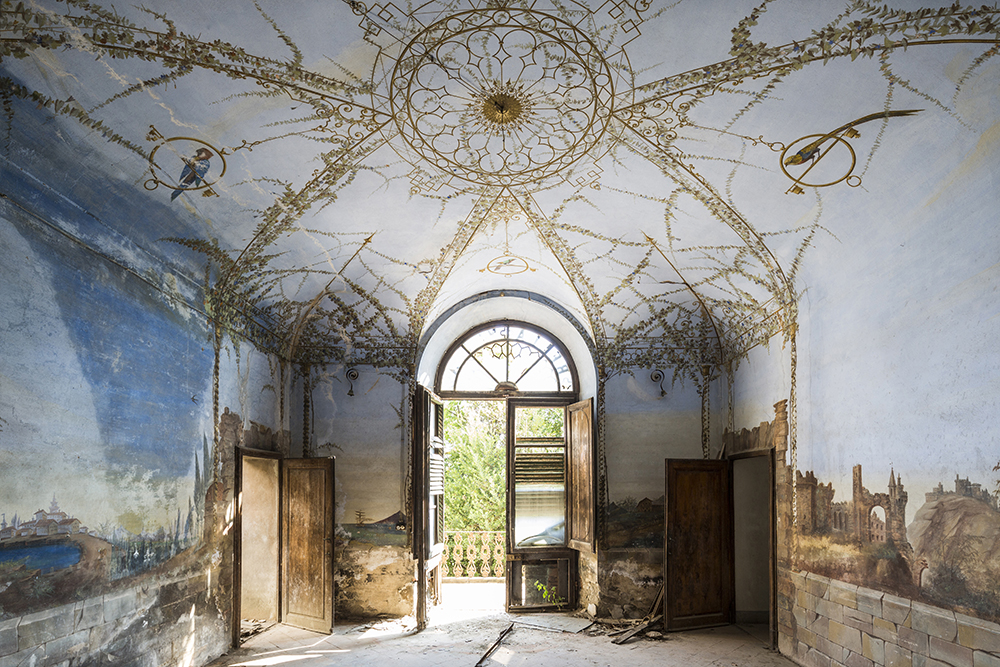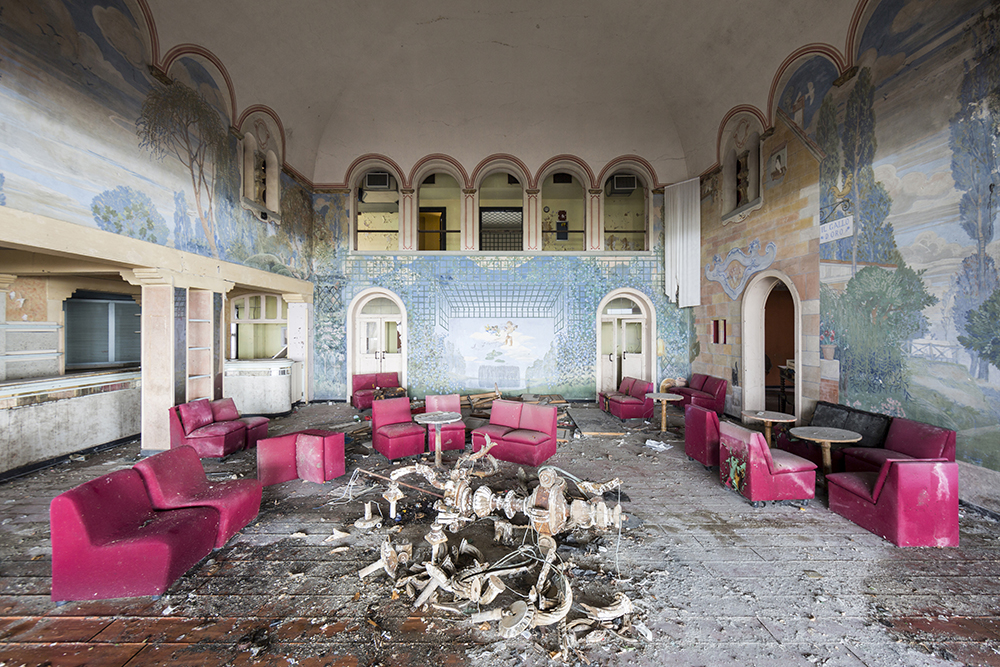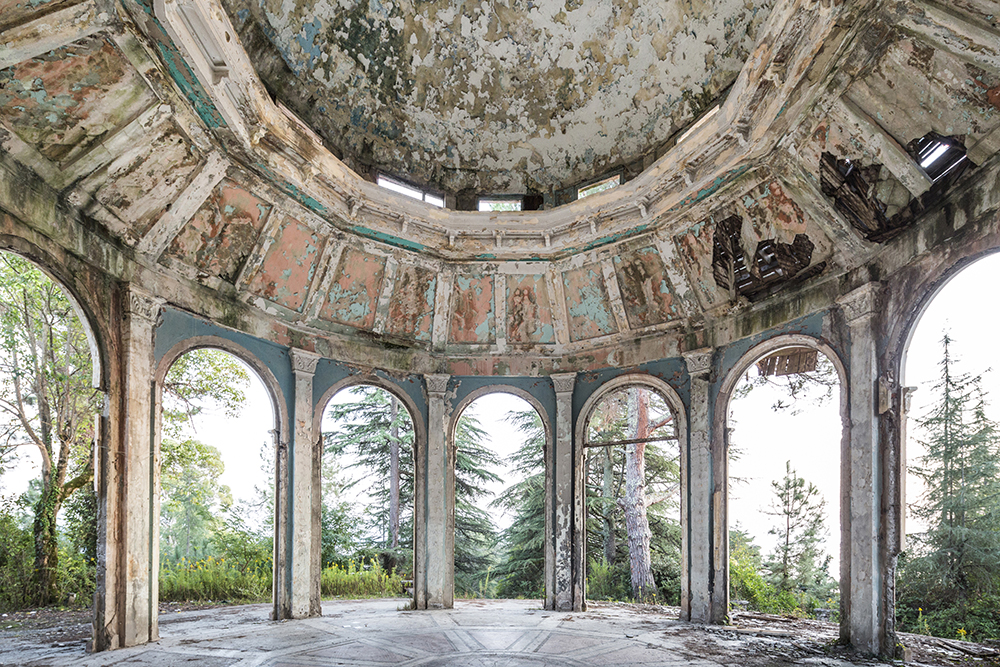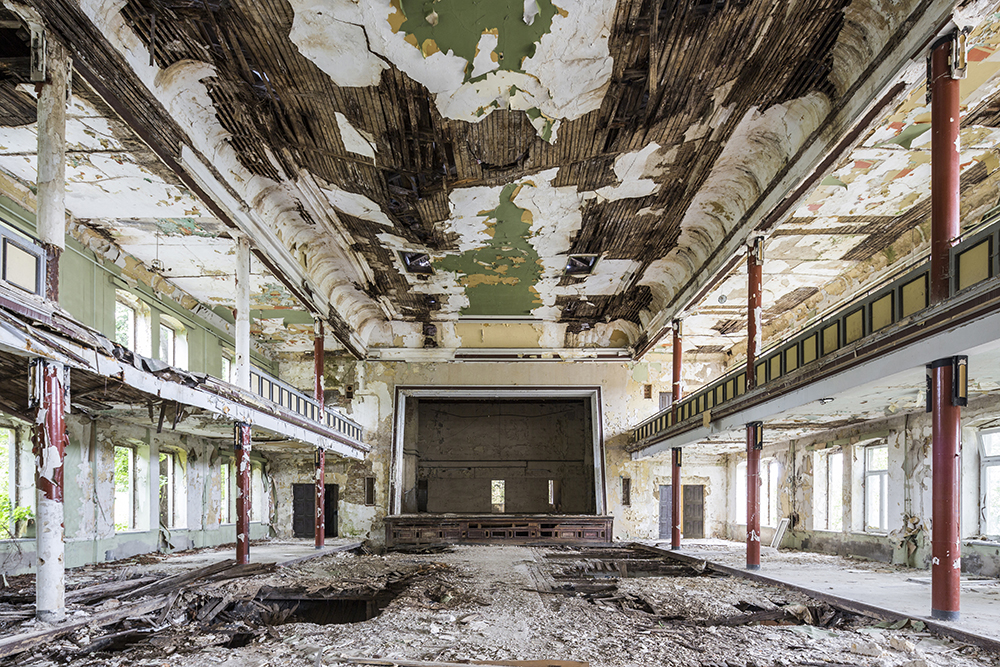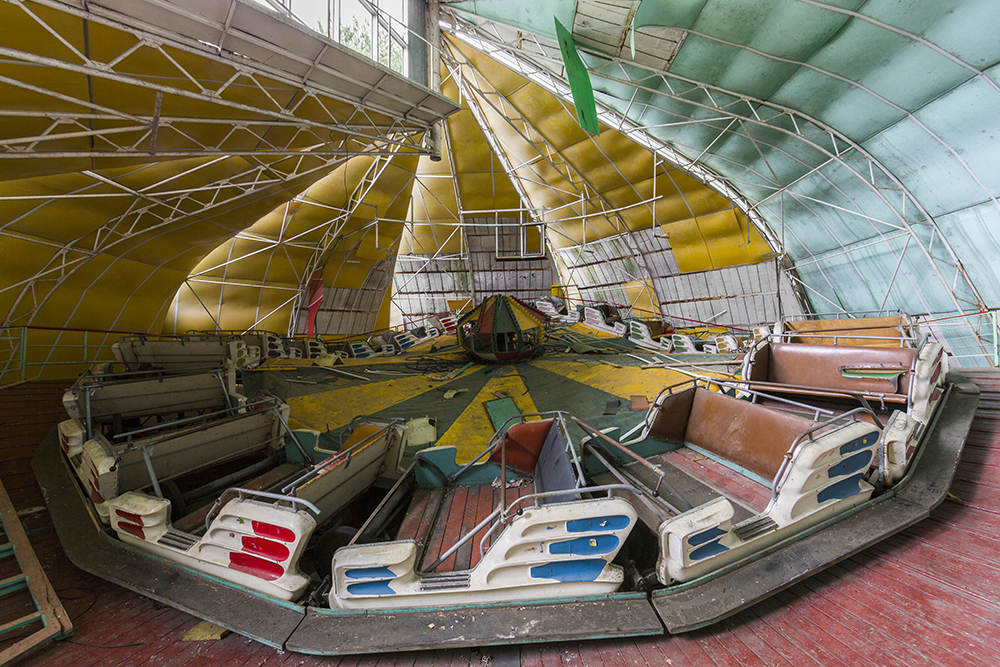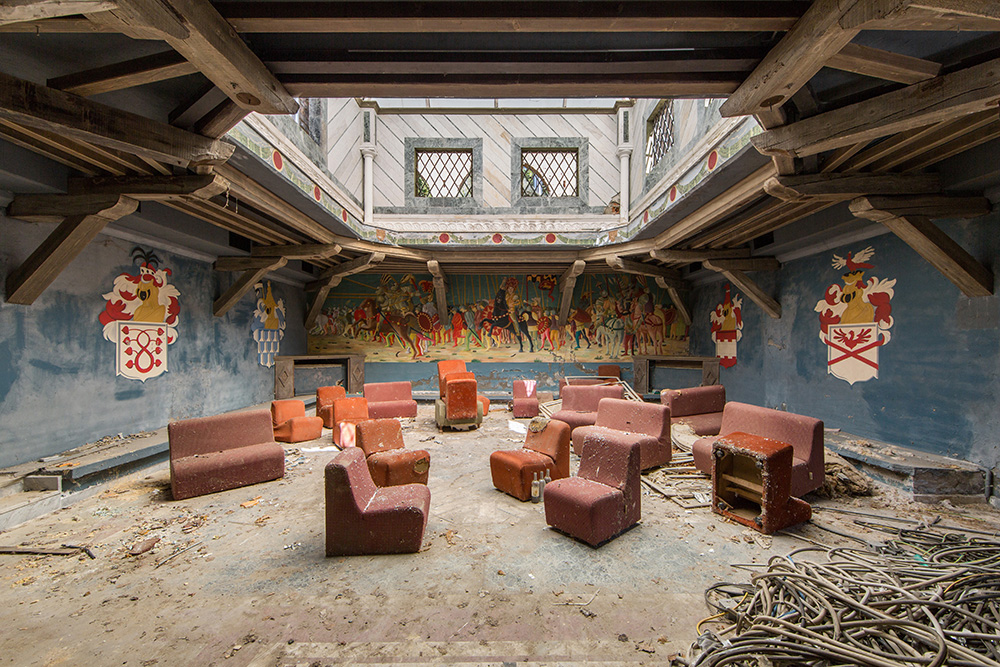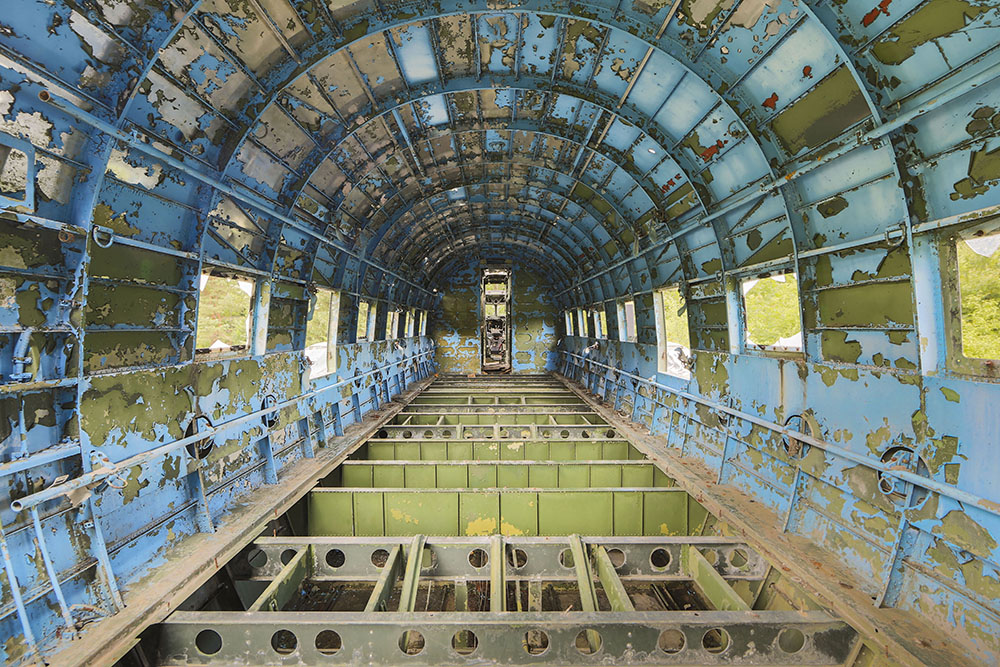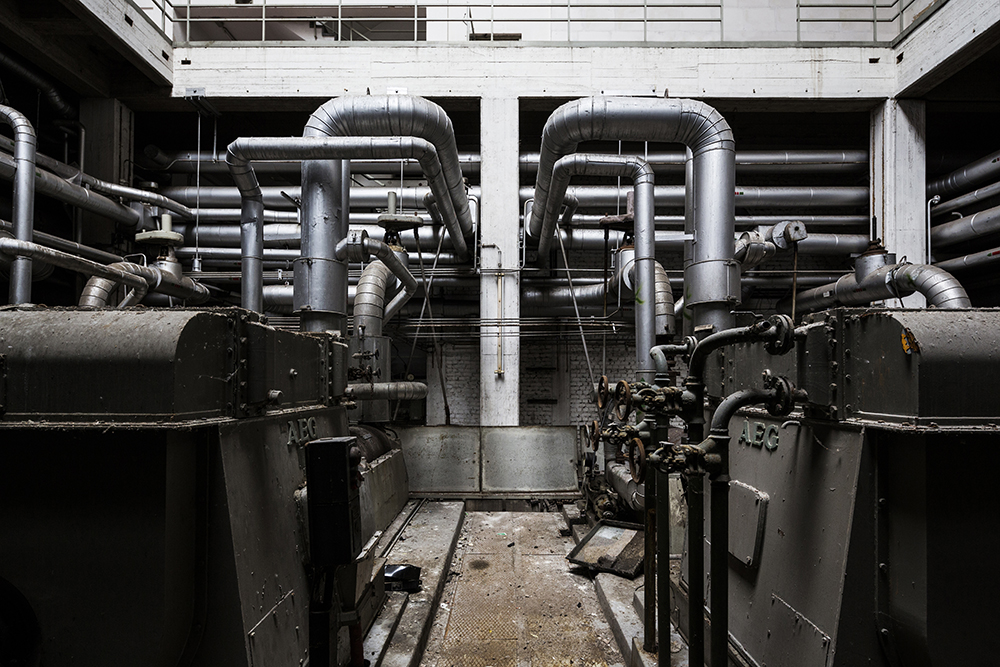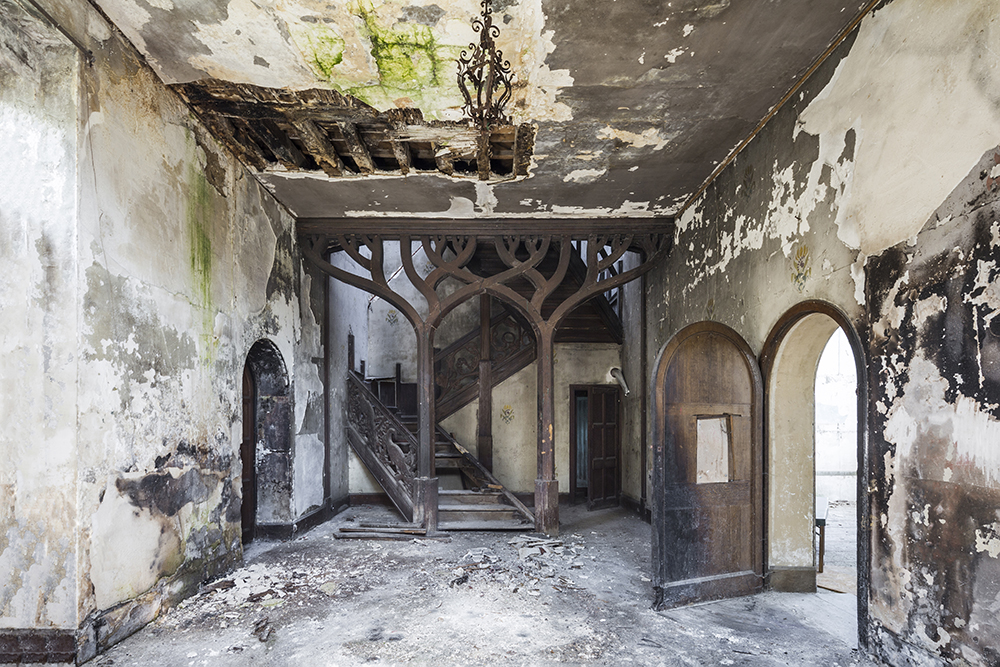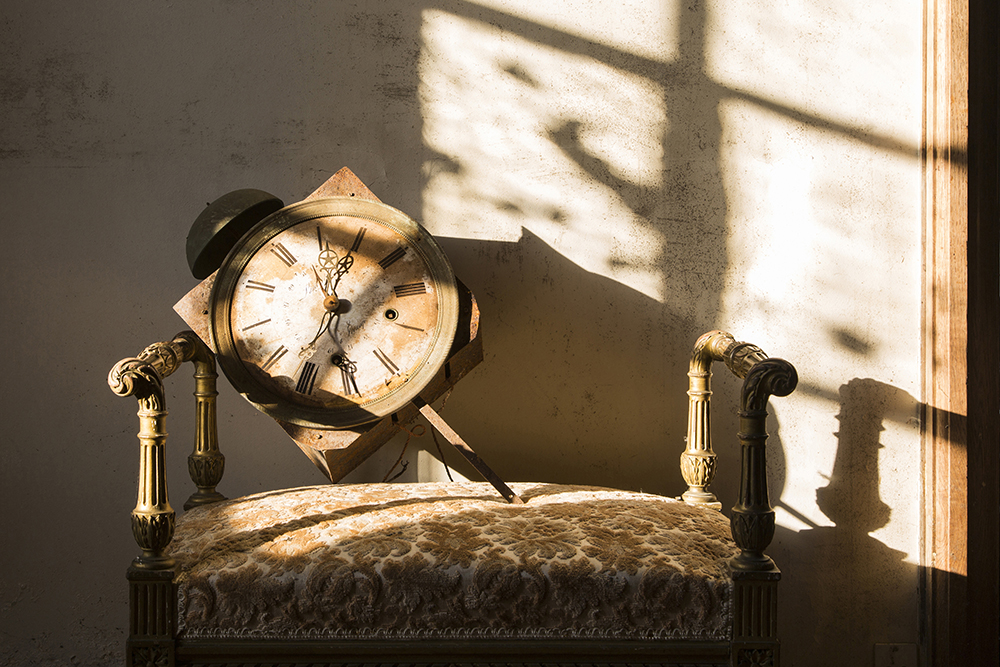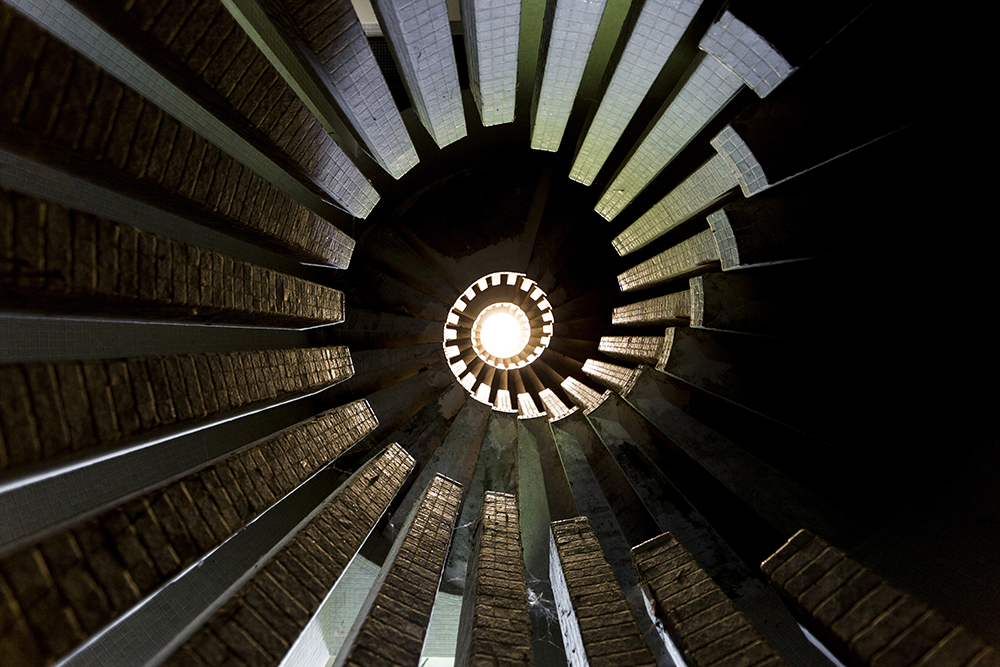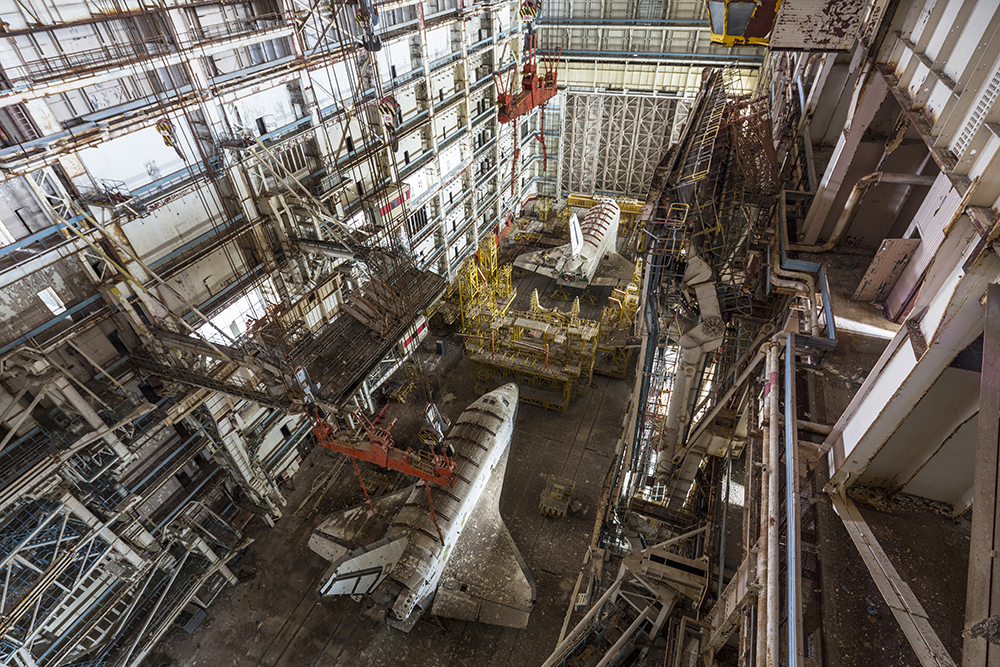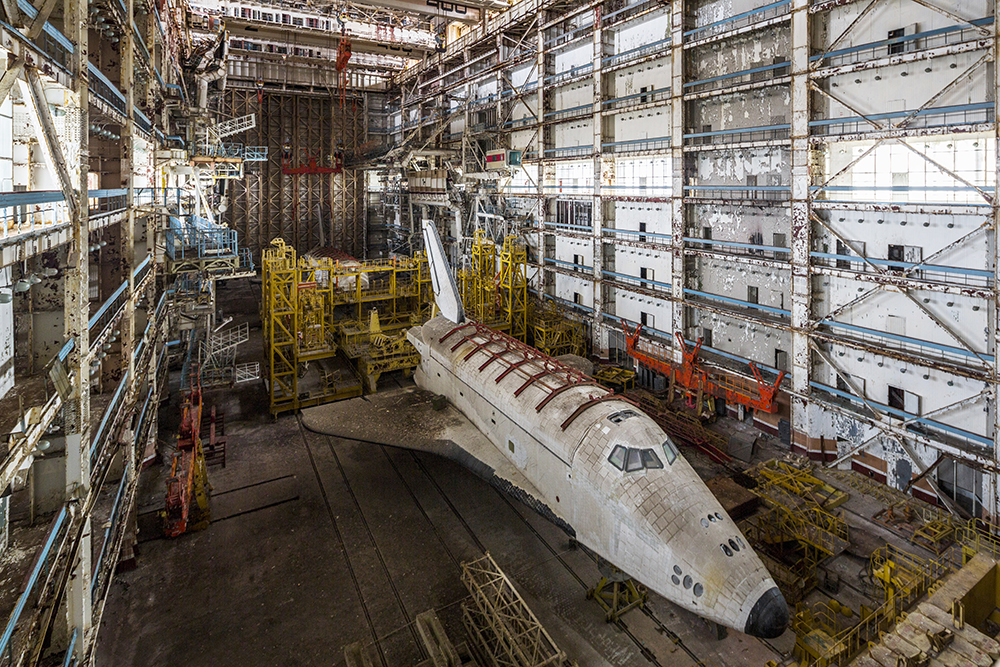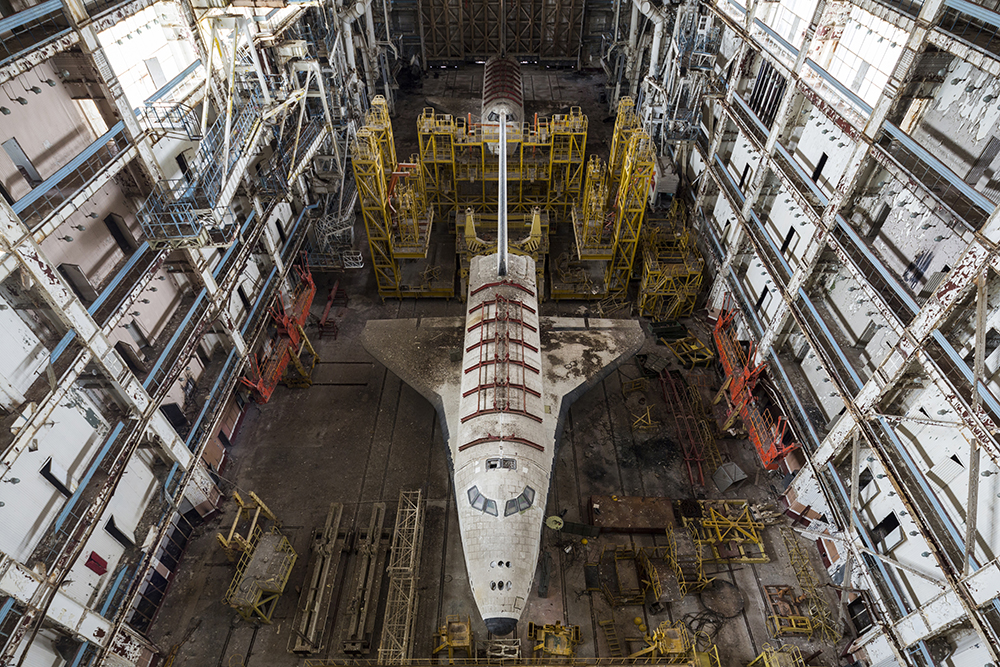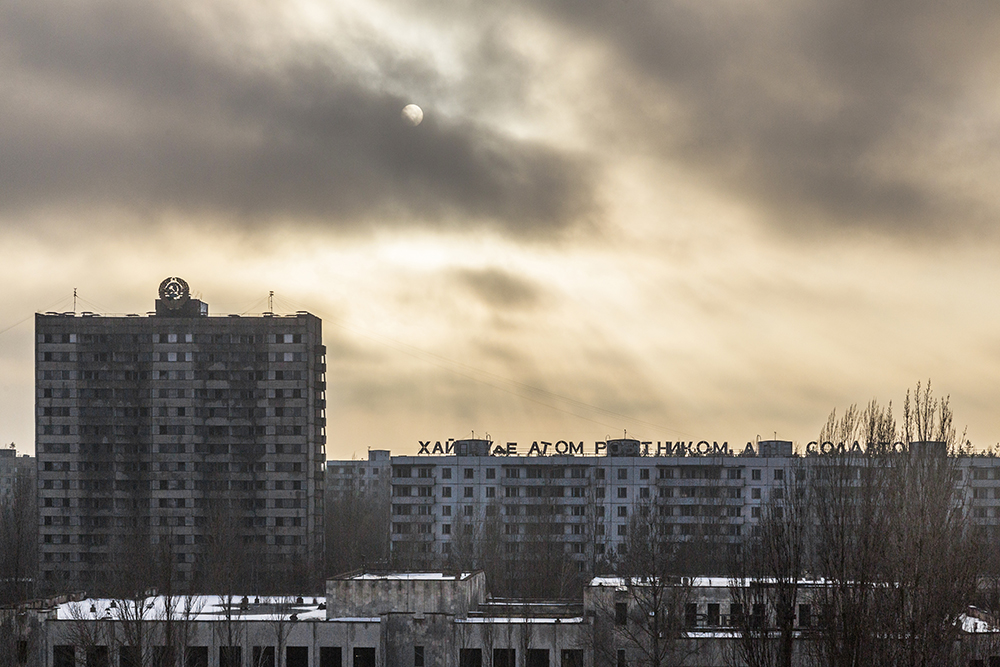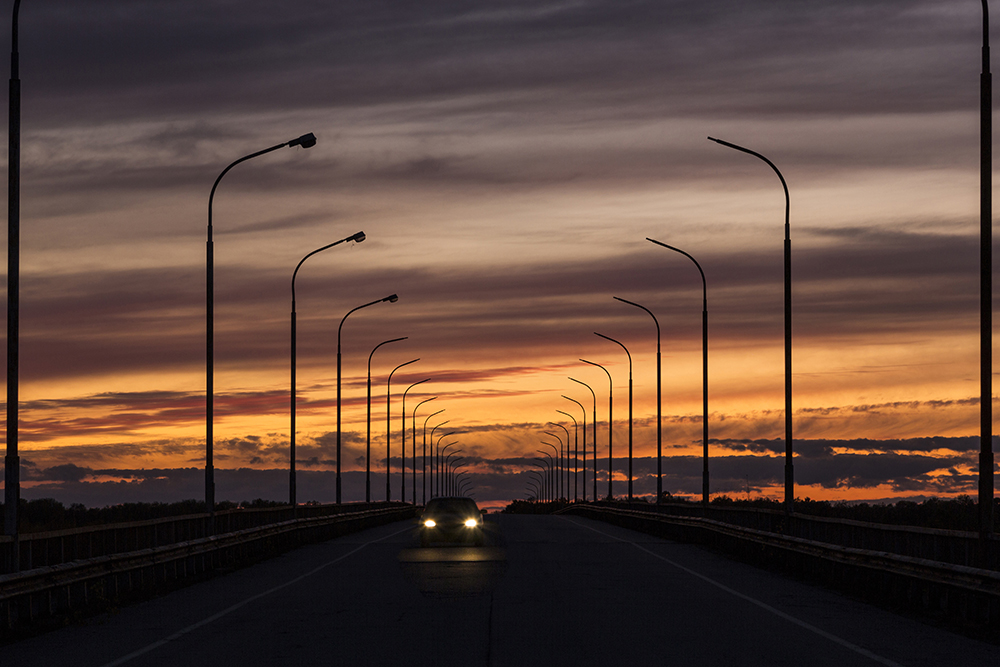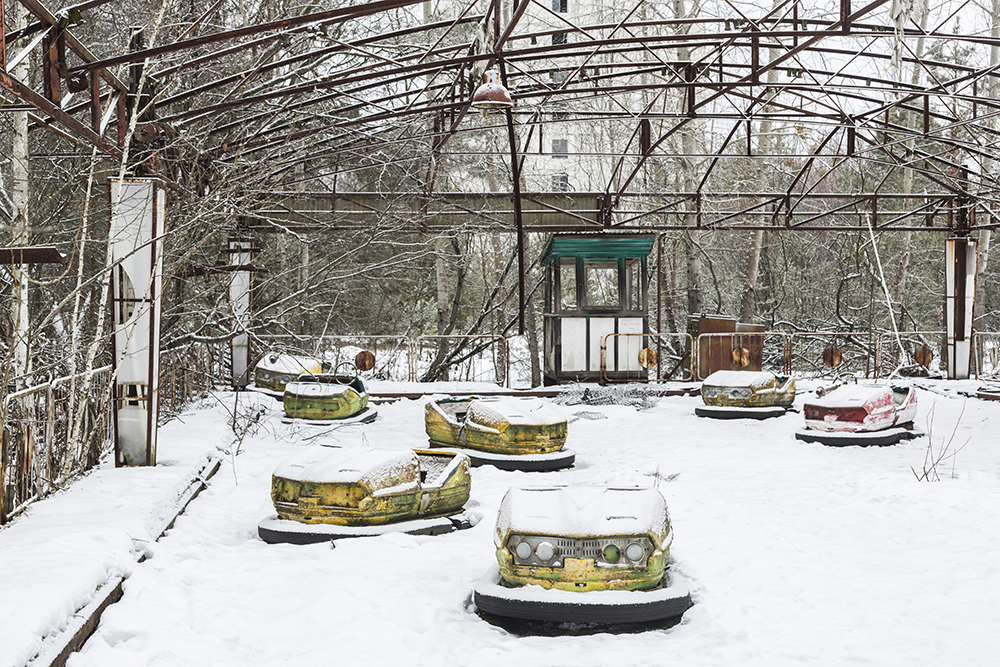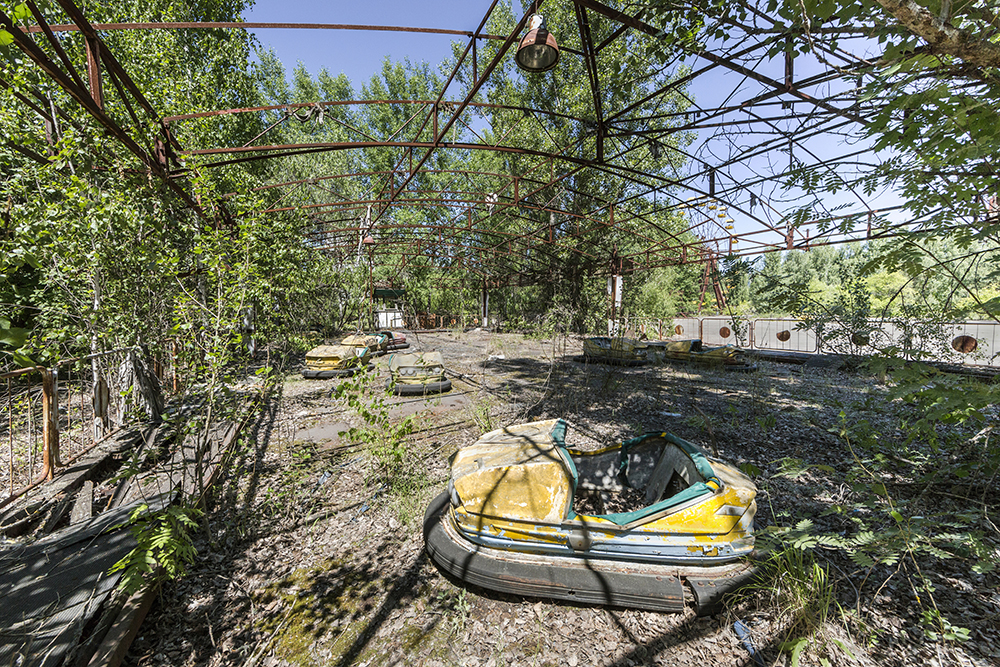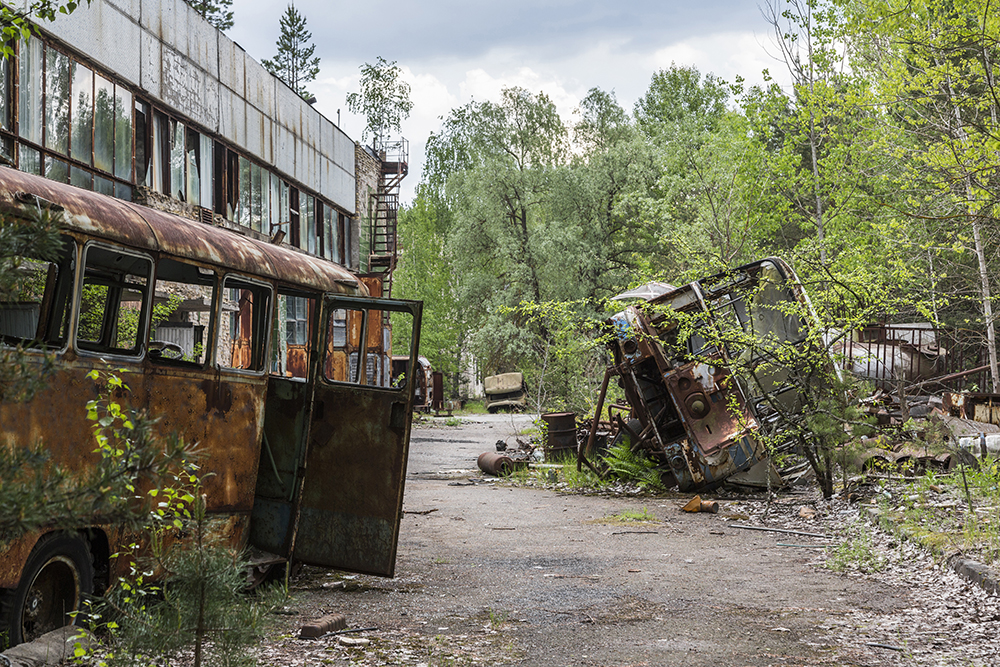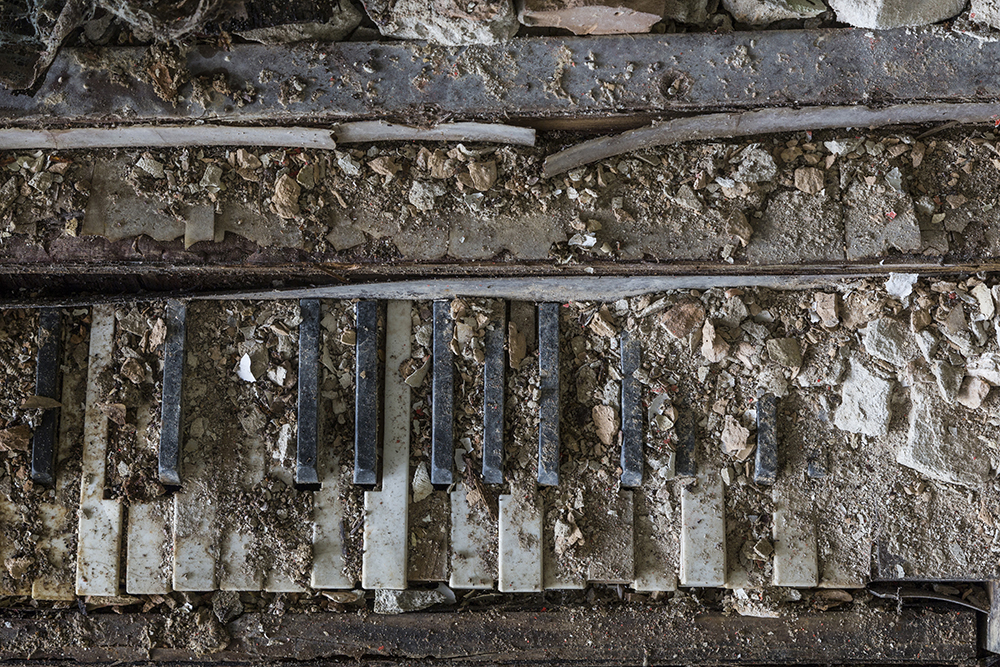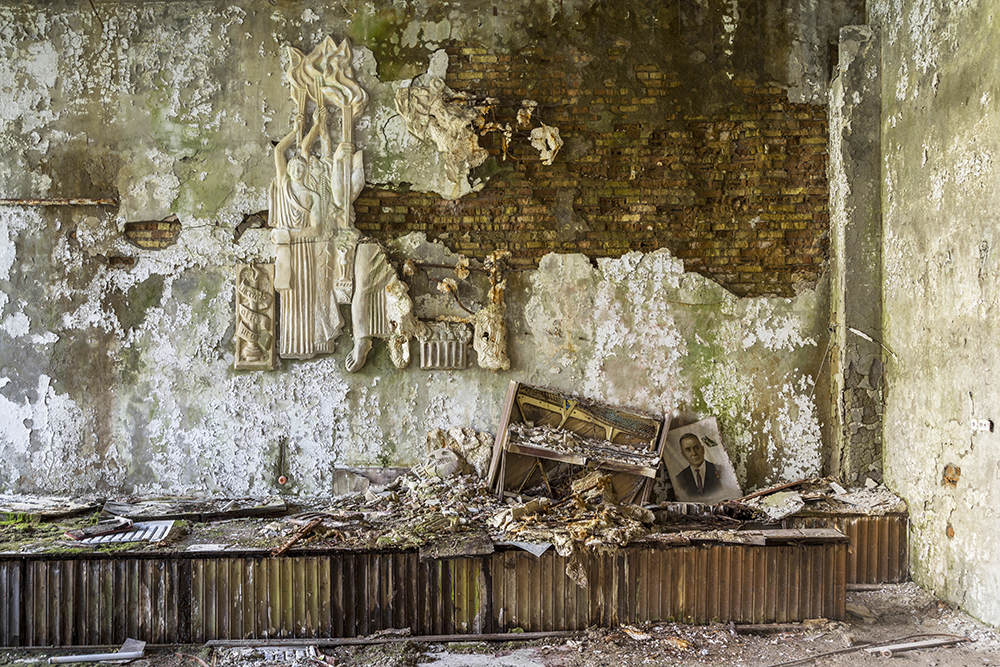The pictures below are available in limited edition ranging from 250 copies to a single one depending on the size.
Pictures can be ordered on three types of media:
– on Fine Art paper. In this case the prints are signed and numbered on the front on the white edge and are shipped rolled in a tube.
– on Dibond or Dibond with shadow box. Dibond is a rigid support on which the photograph is printed. An aluminium frame is attached to the back of the photograph to highlight it from the wall. A shadow box is an L-shaped wooden rod inside which the photograph printed on Dibond is placed. It seems as if in a case: nothing covers it, and the space left free all around gives it breathing space. In these two cases, the photographs are signed and numbered on the back and are sent packaged. They do not require framing and are therefore ready to hang. If you choose the shadow box, I will contact you to know if you want it matt white, lacquered white, matt black, lacquered black, in light wood or in dark wood.
5 sizes are offered:

The dimensions on paper are standard and make it easy to find frames on commercially.
Regardless of the size and medium, the pictures are shipped worldwide with a security hologram and a certificate of authenticity.
Please write to me if you have any questions.
Naturalia: Chronicle of Contemporary Ruins series
Bar, Croatia
I shot this picture in an abandoned school in Croatia. It shows a detailed view of the bar that was located in the atrium of the main building and was supposed to be the student’s life place. It was actually a communist political school, built in 1970 and used until 1990 when it suffered the burst of Yugoslavia. A prime minister got out of this school. There was not much to shoot in this place, an empty gymnasium, a dark theater, but this overgrown bar was worth the trip by itself. I realized this shot on my first trip to former Yugoslavia in summer 2016. During this solo journey, I started in Budapest and covered 5500 km across what are today Bosnia-Herzegovina, Serbia, Croatia, Kosovo, Montenegro, Macedonia and Slovenia. This place was one of the highlights of my trip and this picture is still one of my favorites ever in my Naturalia series.
Winter garden, France
This winter garden is part of a large mansion in a small village in rural France. The mansion’s domain is quite large also and includes a few other buildings. Even if it may look different on the picture, everything was quite recent and not long abandoned so this room is the only one I shot there. I shot every possible angles though! Of course, the trip was worth it just for that winter garden, especially with the morning light of January. It is a winter garden after all!
Warehouse, Taiwan
This warehouse is part of an abandoned sawmill. It is so overgrown that it is hard to tell if it was used for production or just storage. Anyway, once the work place of almost 2000 workers, the facility is now home of tens of monkeys that scared the hell out of me when they started banging on what is left of the roof. I shot this picture during my travel to Taiwan at the end of 2017. During that trip, I shot as much abandoned places as classic touristical places. This country was a great discovery for me, I will especially remember the night markets where we went to have diner almost every day. Those markets were actually a great photographic subject too!
Hotel, Portugal
This is the only part left of a beautiful hotel located in a small town in Portugal. A few months before, there was still the main building with the rooms but I arrived too late and it had been demolished. This dining room shows how magnificent that hotel was. Even that part has its days counted as it is slowly collapsing. There is no roof anymore behind where I am standing. I realized this shot during a 10-day solo trip to Portugal. I shot a few beauties during this trip including this dining room that has everything I like: decay, colors, nature… This trip ended with a 3-day visit of the city of Porto that I did not know at the time. I like to take advantage of being abroad to not only visit abandoned places but also make a bit of normal tourism!
Reservoir, Taiwan
Another shot I made during my trip to Taiwan. It is supposed to be an oil reservoir that is no longer in use. Behind that door was a whole system of valves and pipes. I guess the reservoir itself was beneath the ground behind. I had to climb a high fence to get there. This exploration was very strange as the compound where this reservoir is located seemed to be used by some kind of association. Even though it was a Monday I saw no one. Maybe it opens only on weekends… Sometimes you need to have luck on your side to make a shot.
Theater, Abkhazia
This shot is from my second trip to Russia when I also went to the unrecognized state of Abkhazia. The region self-proclaimed its independence from Georgia almost three decades ago, right after the fall of USSR. And after quite an atrocious war… While driving with my two friends we noticed this place, quite far away on a hill, that clearly seemed abandoned and promising. When entering, I had no way to guess that it was a theater. Even if there were no more chairs, the main room was beautiful thanks to the high level of decay, textures and colors. As we were back in car and leaving, I noticed that outside wall of the theater. It struke me right away, so I got out of the car and shot it. That palm tree in front of such an overgrown wall, good light, and above all, that window and small balcony on the right, looked just great to me. This is my favorite shot of that place, certainly of that day too, and maybe even of the whole trip! Unexpected finds along the road always have a special taste…
Winter garden, France II
This is the second print from this beautiful place. The first one was a success and I think that this picture is even better. Actually when I posted it on social networks, I never had this much engagement ever. You will find a bit more about it above, in front of the first print.
Gymnasium, Abkhazia
This is the first close-up picture I offer as a print. To be able to “say something” a close-up has to be strong and I think that this one is. The image shows a small part of the walls of a gymnasium in Abkhazia. When I saw those countless blue hues, moss growing everywhere and those two shoots of ivy climbing up that wall, I was thrilled. If you add the slight touch of peeling paint, this picture really gets the job done. I hope you will like it as much as I do!
Greenhouse, Belgium
This image shows a beautiful 19th century greenhouse that has been added to an 18th century castle. It is part of my Naturalia: Chronicle of Contemporary Ruins series since its first days. It also shows the second step of the reclaiming process by Nature: infiltration, that comes once She took over the outsides. We are here at an advanced stage of infiltration, but can still feel all its subtlety. I found a Rolls-Royce in the garden of this castle. Nature does not care about what she has to reclaim, and the reasons it has been abandoned. When Man leaves something, Nature comes back and takes it back. Even the richest creations of Man will be reclaimed if He does not take care of them.
Castle, Montenegro
Another picture from my first trip to the Balkans in Summer 2016. When I travel, I prepare the itinerary as much as possible and find locations to shoot beforehand from home. I discovered this castle by chance on the road going from one abandoned place to another. It was finally a very nice discovery as, four years later, this picture is still part of my top 20 that I use for photo contests. I particularly like this image for a reason that can barely be seen: we find the sea on the other side of the windows.
Unfinished building, Moldova
I visited Moldova for a chapter of my book Goodbye Lenin. One of the places I planned to visit during this trip was the incredible underground bunker of Oliscani. It was on my way there that I stumbled upon this unfinished construction on the road. It was quite far from the road and behind some thick vegetation but I spotted it and something told me to pull over and go take a closer look! Needless to say, I didn’t regret it. I love this raw concrete structure in which thin logs are starting to make their way. The wear and tear of the concrete adds a touch of decay that I particularly like.
Mine, Japan
I shot this image on a small island in Japan. In the 1950s, a town was set there to operate a coal mine. At its peak in the 1970s, it had around 8,000 inhabitants. The mine closed in the early 2000s. Since then, the city is gradually emptying of its inhabitants. Today there are about a hundred people left. This was an apartment building that housed the minors.
Swimming pool, Italy
This swimming pool is located in a residential area of a small Italian town. Parked just in front a it, entered without any difficulty, something very annoying could have happened to me in this place. I took this photo in November 2019 during a ten-day trip where I visited about 50 abandoned places. I was amazed as I entered this one. The structure’s completely gutted steel and glass skeleton and this degree of return of nature create the perfect backdrop, exactly what I look for in this kind of trip. It was autumn, the ground was in places covered with dead leaves. While stepping on one of those heaps of leaves, my foot broke through the ground and landed two feet lower. I had stepped on a glass plate covering a rusty metal grid. The grid gave way under my weight which broke the glass plate. Fortunately, I had thick shoes and especially very thick jeans, the pieces of glass left on a part of the grid could have opened up the entire length of my leg. With my camera bag on my back, the unfolded tripod carrying a camera, another camera around the neck, luckily my colleague was there to help me out of this hole … Alone and with light pants, the consequences could have been very serious. When I first started exploring abandoned places, I liked being there alone, to soak up their atmosphere to the fullest. Over time (as I got older!), I realized that there were many risks and that it was better to go with someone.
Theater, Cuba
A great story goes with this shot. In 2015, I went to Cuba for three weeks, solo. It was a “classic” trip, the goal of which was to get a change of scenery, unlike trips that were almost exclusively “wasteland” oriented. I nevertheless had a small list of abandoned places spotted on the Internet. Once in La Havana, I go check this beautiful theater. I was immediately struck by the trees coming out of the windows on the 2nd floor! I go around trying to get in but find no possible access. Looking more closely at the main entrance, I notice that the door is locked from the inside with a padlocked chain. So I guess someone lives there. I knock, I wait, I knock again. A passerby confirms to me that someone lives there. I knock again and this person finally opens up for me. This is Reynaldo, who has set up a bedroom in one of the disused rooms on the first floor. He then makes me discover one of the most beautiful places I have ever seen. I went back there the next day. It has been 20 years since he decided to live there, to maintain the premises, while respecting Nature which reclaims its rights. He lives there with his dog, Puti. The funny anecdote is that the rope we see in the photo is his washing line! Looking back, I was lucky, I might have come on a laundry day and see underpants everywhere!
This place was initially an Opera. Opened in 1870, it hosted renowned shows, performing to audiences of up to 2,500 people. In 1918, a fire breaks out and it does not reopen until 1921 as a theater. This time, with its three levels, it can accommodate 2000 people. For forty years, this theater was one of the pillars of cultural life in La Havana. The last play was performed there in 1965. The theater would then have closed its doors following the fall of part of the structure inside the building. It has therefore been abandoned for some time when, in the early 1990s, it found a use again: parking lot for motorcycles and bicycle taxis. After the fall of another piece of structure, the parking is evacuated and the place definitely abandoned.
Silo, Belgium
Here is a pretty incredible site and a rather unusual story. Certainly an old cement factory, this small industrial site at the end of a dead end in a small Belgian village did not look very interesting, at first. As soon as I arrived, I discover a few ruins of raw concrete in the vegetation. My eye starts to quiver… Towards the back of the site, I spot six concrete silos, each about a dozen meters high. No entry, no opening, no way to see what’s inside. Then I spot a small hole about twenty centimeters large at the base of a silo. So I lay down on the ground, on my stomach, then slide my outstretched arm inside with my camera. I shoot without seeing a thing. When I put my arm out and look at the screen, I am amazed. I settle my camera a bit better, then repeat the operation. Since I can’t see anything, I shoot doing an arc of a circle with my wrist to make sure I have at least one straight shot. Of the five other silos, four had an identical opening which also allowed me to photograph their interior. This photo is therefore part of a quadriptych which shows four exactly identical structures but with four different types of vegetation. Importantly, it was raining when I visited this site. I was shooting lying on the ground aiming upwards, so drops were falling on the lens. Since it took several attempts for each silo to get the right up-down and right-left inclinations, I spent a lot of time getting the device out to rub the lens! What should have taken thirty seconds took twenty times more! As I leave the site, a resident of one of the houses of the street asks me in a very unfriendly manner what I am doing there … As often, “I am lost”. If he had seen on the way there, I certainly wouldn’t have taken that picture and its three little sisters.
Temple, Japan
These stairs lead to an abandoned temple. Behind me is the parking lot where the faithful parked before going up to pray. Today nobody use them anymore and nature slowly reclaims them. This photo is one of my favorites from this trip to Japan. I love the perspective of the stairs which seems to lead straight up to the skies, towards a bright area. These two decorative elements on the sides bring a lot of stability to this feeling of elevation and also set the scene: we are clearly in the land of the rising sun. I also like the touch of color they bring, a strong contrast to the ubiquitous green. The temple itself was quite modern and I only took one photo there: a small room filled with hundreds of golden statuettes. This photo will certainly be one of my future prints.
Hippodrome, France
Sometimes a place from which I don’t expect anything turns out to be very interesting … I photographed this racecourse on a day out from Paris during which I had also planned to visit two castles and a factory. Finally one of the castles and the factory were impenetrable. The second castle was great. I had this racetrack up my sleeve for a long time but never stopped there. Right on the road to the other spots, this was the opportunity. Fairly close to Paris, I told myself it had to be either secured or vandalized, as is often the case on the outskirts of a large city. In the end, the access was very easy and the place was really worth the visit! In particular, I shot the bleachers of the racecourse facing the track, which is no longer recognizable because it is entirely taken over by the vegetation. This nature also gradually rises the bleachers to cover them almost by half! While heading towards the exit by another path, I came across this magnificent escalator which led precisely to the building of the bleachers. I totally fell for it! This sparkling red, these curves and this nature which begins to take it back from the base … magical! I would have liked to go back there to see a few more years of nature but I have since learned that the place is now very secure, perhaps for rehabilitation…
Garage, Belgium
I called this photo garage for clarity, but it looks like more of a individual house surrounded by lots of vehicles. It’s hard to say, especially since it had a hangar with a racing car and some DIY materials. I think I was at a former collector who must have died without descendants. In any case, it was enough to locate a few abandoned cars in front of this house located by the roadside and then push an open gate to enter the terrain (the house was inpenetrable). On the other hand, it must have taken a few years for this elderberry to push like this through the radiator grille of this pickup. The result is both magnificent and impressive. I often say that nature is stronger and that it will take back everything that Man abandons, this is a good example!
Castle, France
Located a hundred kilometers from Paris, I shot this castle in 2015. It was built at the beginning of the 19th century by a wealthy industrialist who made his fortune in textiles. Bought after the Second World War by another company in the sector, it is then difficult to follow its history. Today it seems to be privately owned.
This castle is one of the most beautiful ruins I have ever seen. If the exterior doesn’t reveal anything special, the interior is simply stunning. A double staircase leads to a landing located under a round opening surrounded by a beautiful wrought iron balcony, itself dominated by a magnificent glass dom. Today ivy hangs from this skylight and adds softness to the strength of this beautiful architecture.
Castle, France II
This castle is located in eastern France. Its construction was commissioned by the widow of a wealthy local industrialist in his honor. Completed in the mid-19th century, it has been abandoned since the 1970s. It has been the home of a President of the French Republic, a great conductor and a famous novelist. Although the castle is listed as a Historic Monument, it is today a ruin, and the interior has almost completely collapsed. However, there are still some magnificent exteriors including these incredible caryatids which motivated my visit on a rainy autumn day. The access was as easy as the sun was shining … Located in the city center, it had to be approached discreetly before crawling under a fence, on muddy ground, to access the domain. I then had to make my way through the brambles before dealing with the raindrops falling on my lens.
There are empty shells that can be nevertheless marvelous. This castle is one of them. Surrounded by vegetation, the interior is also largely reclaimed, as if the walls protruded from the ground in the middle of a forest. Finding the perfect framing, which showed this ubiquitous nature, beauty of the facade without hiding the caryatids was no easy task. About 30 attempts later, I was able to go and photograph the opposite side which was also worth the click.
Theater, Abkhazia II
Here is another Abkhaz wonder … This country that does not exist is really full of incredible places! Located in the heart of the unrecognized capital, this former theater is one of them.
When we arrive in front of it with my two acolytes, we notice that all the doors and windows are either wide open or nonexistent. Young people are repairing a car in front of the main entrance. We prefer to go around and enter from behind. Once inside, the ground floor is quite uninteresting, very dark, it was certainly the offices, the dressing rooms and the cloakroom … But once at the foot of the central staircase, I discover a magnificent view. I shoot it from every possible angle before arriving on the equally magnificent upstairs landing. It too will get a photo from all angles. I chose this one because it shows precisely the landing but also the glass wall that runs along the stairs. We even came back the next morning to get a better light. Maybe I will offer a print of the staircase soon…
Manor, Taiwan
I am often asked why such and such place is abandoned. It’s quite rare to get to know their history, but in the case of this mansion, I know it was built in the 1920s and was abandoned in 1985 due to inheritance issues. This is one of the most common reasons.
When I present my Naturalia: Chronicle of Contemporary Ruins series, I always do it chronologically. I show the progression of Nature which begins with the reclaiming of exteriors, then its infiltration into abandoned places, through the moment when She grows inside, until their collapse. Then comes the burial and the disappearance of all traces of Man. These final stages of reclaiming Nature are rarely conducive to beautiful images, so I often choose this mansion to close the series. I do think we are near the end there. When you look at it, it’s very easy to imagine what happens next: the collapse, which has already partly begun. You know the burial stage, just think of any archaeological ruin. We can then ask the question of what will remain of what Man has built? Well, probably nothing. My job is not to preach the apocalypse but to try to raise awareness. My interest has focused on abandoned places taken over by Nature for the strength of the message these photos convey. They pose a fundamental question: that of man’s place on Earth and his relationship with Nature. While the impact of humans on their environment has never been so extreme, this series also and above all seeks to raise awareness, without being pessimistic. Man builds, Man abandons. Each time for reasons of its own. Nature does not care about these reasons. One thing is certain, when the Man leaves, She comes back and takes everything back. Man is a temporary tenant of the planet who must be careful not to evict himself. Nature is stronger and, whatever happens to Man, She will always be there.
Park of a mansion, France
I visit this Norman mansion on a beautiful day in December 2016. For once, I am accompanied by my girlfriend and my best friend. It’s something I never do, but on several occasions both had shown me interest in spending a day in wasteland with me. So I organized a one-day trip not too far with places that would seem easy and safe on the program. Finally we will visit two wide open industrial spots where we saw beautiful graffiti, the third planned was being demolished when we visited, and the mansion where I found this statue. The interior of the building was not really worth it. I took a few pictures there, only one of which I really like: an old clock bathed in light on an old piece of furniture full of character. It was while coming out and crossing the park again to leave the estate that I came across this statue. We may be in the middle of the day, the light is magnificent. It is also very cold and the frost is still present on the tall grass of the fallow garden. This is a representation of Diana Hunting. It is almost identical to the one that can be admired in the Louvre except that it is here wearing a beautiful ivy dress. Unlike the one that can be seen in the museum, the hind that accompanies her has lost its antlers and its two front legs. I won’t surprise anyone by saying that I prefer this version!
Manor, Taiwan II
Here is a second abandoned Taiwanese mansion. If it’s a detailed view of the first one that caught my eye, here the whole building is interesting. It feels like Ta Prohm or some other ruins in the Angkor region. This place is well known to locals who come for a walk. Very few dare to enter it because, superstitious, this mansion has the reputation of being haunted. We still met many curious people who were walking around and lingered (from afar!) on the well into which the servant of the rich family who lived here would have thrown herself. Legend has it that once her affair with the owner had been discovered by his wife, the shameful maid threw herself into it. She would come back to haunt the family every night after, which would have caused them to leave.
However, the mansion was built in the 1920s and then abandoned in the 1950s. This long period of neglect in this part of the world where nature is extremely fertile gives this incredible result. One might think it took several centuries to get there, but a few decades were enough. Inside, all the floors have collapsed and only the vertical walls remain standing. Like the first mansion, this image perfectly illustrates the last step of my Naturalia: Chronicle of Contemporary Ruins series.
Manor, Taiwan III
Here is an interior view of the Taiwanese mansion previously offered as a print. I wasn’t lying to you when I told you that all the floors had collapsed and only the vertical walls remained. As you can see, the roots on the right come from a tree that grows on the third floor! It gives this mansion a new roof, of greenery this time. It’s only a matter of time before the walls collapse too. As I say in the narrative around my Naturalia: Chronicles of Contemporary Ruins series: “The next steps? Collapse and burial. French poet Léo Ferré said With Time goes, everything goes. So, when Nature and Time will have taken back what Man abandons, what will be left of our civilization?”
Villa, Italy VII
These magnificent Italian villas usually appear in The Lost World series of my prints with beautiful architecture or beautiful murals. For once, here is one in the Naturalia series! I love this photo so much that I chose it at the time for the cover of the first book in the series. I wonder how it could have happened more than two years before offering it as a print… Anyway! Here it is, with its decrepit ocher facade tickled with rays of Tuscan sunshine, its windows obstructed by vegetation and its inaccessible door, although wide open. I hope you like it as much as I do!
Fountain, Italy
Another Italian beauty that for once is not an interior but a villa exterior.
I had spotted this fountain before entering it but I preferred to start inside and take cover after a fairly visible approach from the street.
I shot a beautiful stairwell with marble columns and capitals as well as a very beautiful colorful chapel before going out to tackle this fountain which was ultimately the highlight of the visit. It had never left my mind since the arrival and still, I had not perceived all the details, in particular the ivy which came out of the horse’s mouth, the cherubs with broken arms and legs whose metal frames came out. A wonder!
I went back five years later. It was under construction and I could not take any photos again as there were wheelbarrows, bags of cement and other construction equipment scattered throughout the villa. I only took one photo inside: a beautiful ceiling with golden moldings. Coming out, great disappointment, the garden had been maintained. Much of the vegetation on the fountain had been removed and most of the background had been cut down…
Swimming Pool, Belgium
Located on the domain of a castle, this swimming pool is part of a set of outbuildings among which one could find an orangery, stables, staff accommodation. From a distance, the castle seemed inhabited, or at least maintained or guarded, so I did not approach it. Apart from a photo of a staircase in an outbuilding, this swimming pool is the only thing I photographed in this very large place. But what a marvel! The perfectly clean appearance of the algae on the surface proves that this boat has been there for a long time without the slightest movement. Time has stopped here and that’s what I like about these abandoned places. Not to mention, of course, nature which is coming back and which is the only thing that moves, little by little, to invade them from all sides and end up taking everything back as usual.
DC-3 Wreck, Croatia
I found this wreck in what was the great military base of the Yugoslav army. Since the conflict that saw the country break up in the early 1990s, the site has been polluted by a large number of anti-personnel mines. We see signs everywhere with skulls and texts with far too many exclamation points to dare to go off the beaten track. Suffice to say that I confined myself to the tarmac and to the various galleries dug into the mountain which were in fact a secret military airport.
This DC-3 was a military transport plane, the last vestige that could be found on this base. Since its abandonment, nature has returned everywhere around which means that you can no longer see anything through the cockpit windows. This photograph changes from what I usually show on this topic but the result is the same. When Man leaves, Nature returns and takes everything back!
Castle, Croatia
Here is another wonderful place photographed during my first trip to the Balkans in 2016. A German friend who knew that I was going alone to explore the region had sent me some addresses of abandoned places. This was clearly the most interesting. It is also one of the oldest places I have had the opportunity to visit since this castle dates from the end of the 17th century.
This former luxurious Baroque-style residence has been abandoned since the early 1970s.
It is located in a huge park of several dozen hectares where the villagers come to walk. A few rickety construction barriers separate it from the area accessible to the public, so I had no difficulty getting in. Inside, not much to get my teeth into as the place has been stripped of everything that could be stripped by the locals.
The omnipresent nature still made the castle magical and I fell in admiration in front of this opening on the first floor. Special mention to these two rows of bricks for their sense of balance!
Hotel, Germany
A dream setting found by the side of the road in the German mountains. A big thank you to my three German friends who took me there on a great trip in 2016. I miss you guys! I often think of you… Thank you for allowing me even to see this staircase on the right whose steps we no longer see and whose last users are ferns, this waterfall in the background and this ruin of hotel on the right… A marvel! So to take a photo that ends up as a print… Danke!!
Palace, Poland
Here is one of the first photos created for the Naturalia: Chronicle of Contemporary Ruins series. It dates from 2015 and my first real “wasteland” road trip. Departing from Paris, and for 9 days alone, I started by heading east towards Alsace-Lorraine and its legendary industrial wastelands before continuing to Germany, then the Czech Republic and finally Poland. . On the way back, after crossing Germany further north, I visited Belgium before ending up in the north of France and some other no less mythical industrial wastelands. In total, not far from 4500 kilometers. At the time, I was speeding! Today, I take my time a lot more and even if I still love being alone to enjoy the tranquility of these places, I often travel in pairs for safety.
This palace is located in a small village in the Lodz Voivodeship. This room was in a way its central atrium and, as often, the heavy piano was left behind when the last owners left. But what cachet it gives to this already magnificent room with this glass roof and these columns… Not to mention the nature which, as usual, adds a beautiful touch of poetry!
Restaurant, Abkhazia
And the winner is Restaurant, Abkhazia! Yes, this image won the Earth Photo contest in 2020. It was then my first victory in a prestigious international competition. This photo therefore received the first prize, among more than 2600 images, awarded by a jury including Marissa Roth, photojournalist winner of the Pulitzer Prize and Joe Smith, Director of the Royal Geographical Society.
I thought for a long time that it was a cafe but by pushing the research in Russian, I discovered that it was a restaurant. Located a few dozen meters from the sea, in a small tourist village, it must have been a center of local life when Abkhazia was the Soviet Riviera.
Until the early 1980s, it was an elite pompous restaurant that hosted both bohemian personalities from all over the country and foreign guests. It was very difficult to get in, reservations were required and only on the recommendations of regulars. Following a change of management, the vocation of the establishment changed. The restaurant remained, but the main part of the establishment was occupied by a dance hall, and later a discotheque. A bar has opened downstairs. During the Georgian-Abkhaz war, the restaurant was closed and then looted.
Today its state is in an advanced state of decay, tourists from downtown hotels walk past it to the beach without even seeing it, but it seems the city authorities want to restore it to its former glory.
Swimming pool, Italy II
Here is a second print of this magnificent Italian swimming pool already offered in print.
The first one dates from the fall of 2019. I went back there in the summer of 2021 to have more light and more vegetation. As can be felt more generally in my work, I had also favored a detail view over a global wide-angle one.
This photo won the Recovering Nature category of the prestigious international Environmental Photographer of the Year photo competition. It was chosen from over 3,000 to illustrate nature’s ability to return and to spread the message that this brings.
Today its state is in an advanced state of decay, tourists from downtown hotels walk past it to the beach without even seeing it, but it seems the city authorities want to restore it to its former glory.
Sanatorium, Georgia II
So here is a second print of a sanatorium in Georgia. It’s not the same place. As I said in the text of the first one, in this small spa town that was once very popular, I visited about twenty hotels, sanatoriums and thermal baths that have now been abandoned. Including four sanatoriums.
Due to the Georgian-Abkhaz war, thousands of Georgians had to flee from nearby Abkhazia. Today, some of these hotels and sanatoriums are used as shelters by many of these refugees and this is the case for this one. I therefore preferred not to go upstairs and contented myself with the halls, stairwells and old collective spaces on the ground floor, like the canteen etc…
This photo is one of my favorites from this trip. As often, what I like is the contrast between the strength of the concrete and the lightness, the subtlety of nature that comes back. This force is amplified by the symmetrical aspect of the structure.
Cloister, France
This cloister is part of an Anglo-Norman mansion located not far from Paris. It is located in a park of about fifty hectares with many outbuildings, some of which have been renovated and currently house the town hall of the village.
Built at the beginning of the 20th century, this mansion is one of the most famous “urbex” places in France. Because of its proximity to Paris, and the beauty of the place, I went there several times. The first dates from 2015 when this picture was shot.
Greenhouse, Germany
Located in western Germany, these structures seem straight out of a science fiction movie. There are 24 of them, but they are only horticultural greenhouses.
The site once belonged to the neighboring monastery. In 1985, it was sold to an institute specializing in helping the long-term unemployed. In 1987, the institute built the complex which then became part of a reintegration program to provide training in commercial gardening to unemployed workers, thus enabling them to find new jobs.
The complex has 24 greenhouses, each in the shape of a dome made up of pentagonal and hexagonal glass panels. During my visit, there were still tables and shelves on which the flower pots were placed inside certain domes. I also discovered an automatic heating and humidification system to create and maintain ideal conditions for plants throughout the year, especially during the winter months.
The site was abandoned in 2005 for some reason. In 2010, the land was sold to the city and we could then hope for a better future for these incredible greenhouses.
Unfortunately, in 2019 they suffered a partial demolition and today only five remain.
Sanatorium, Italy
I made a first visit to this sanatorium in September 2021. I found two things that I really liked: a beautiful stairwell with beautiful blue glass tiles and this small room. I do not know what its function was. This building on the mountainside overlooked one of the beautiful lakes of the North of the country but this kind of loggia, yet very beautiful, overlooked the back. Anyway, it seems that his last function was to store chairs! During this first visit, there were twice as many, along the entire length of the room.
Unfortunately, as with all the last places visited during this trip, a material damage prevented me from taking a good wide-angle photo. The wide angle was here a sine qua non condition to capture the essence of the room. Indeed, to be able to show this framing, I had to position myself in the door frame, with the tripod in the back room.
I went back in November 2022. I was very apprehensive about this visit because I know that these places have their own lives. They can be barricaded, demolished, monitored overnight. So from one year to the next… I really wanted to redo this photo, so I hoped that it would always be perfectly abandoned. If you see this picture, it is because this second visit was a success!
So there were half as many chairs… Go find out why! I told you that these places had their own lives… This sight amputated of a few chairs initially disappointed me, but in the end, I prefer it. It removes a symmetry that I did not necessarily like and lightens the photo.
Synagogue, Moldova
This synagogue is located in a Jewish cemetery in Chisinau, the Moldovan capital. It is in fact the largest Jewish cemetery in Europe. It is partly active, so it is very easy to enter. The same goes for the synagogue which can be easily found while strolling through the cemetery. It dates from the end of the 19th century. I don’t usually give as much information about a place but this one is known so the title of the photo was enough to find it.
It’s a beautiful ruin as I like them with colors, textures and above all, a good hole in the roof which allowed the vegetation to return. Small detail that is important, the two stars of David on what was the main door clearly illustrate the fact that we are in a synagogue.
Park, Italy
I found this statue in the park of an abandoned thermal baths in Italy. It was along a path where there were several others. This one was the last, the clearest at the end of the path, the others being for the most part very covered by vegetation. So I naturally preferred it because it offers a more airy background and context. In addition, I took several shots while moving around the statue. This one was my favorite because I particularly like the tree that seems to emerge from it and which gives the whole thing a hybrid appearance.
Moreover, I who love to break the rules, for once I respected one: that of thirds, a principle of image composition which consists of positioning the subject at the limit of the left or right third of the frame. It’s rare enough to be highlighted!
Manor, Portugal II
It’s been a long time since I offered you a Lusitano print. This is corrected. This room on the ground floor of a mansion is a marvel to me. Moldings on the ceiling and beautiful windows which give a basic character to the room, “cachet” as we say in French. A beautiful blue on the wall. A beautiful light that we feel penetrating through a curtain of ivy. And of course, nature is coming back, slowly progressing on this old parquet floor and will end up invading the space as it does each time. A marvel I tell you! I can’t believe it took me this long to release this print, which has been one of my favorites since I photographed it. That must mean I have a few gems left in stock… 😉
Hotel, Croatia
Memory of my first trip to the Balkans in 2016… 5,500 kilometers solo and an extraordinary stage: a bay with six abandoned hotels in Croatia. I spent a whole day there. A true paradise. Concrete, nature and all with a view of an azure sea. In this photo the vegetation has returned so much that the view is obstructed but it is to my greatest happiness. I prefer green to blue! The geometry of the window and the false ceiling tiles add to the interest in this framing. Not to mention the fact that I’m a huge waffle lover. Still missing chocolate and whipped cream though… I still lick my chops every time I see this photo!
The Lost World series
Hotel, Japan
I shot this picture during an 18-day trip to Japan in September 2018. I made this trip with my good friend Nicolas with whom I did not only visit abandoned places but also did some classic tourism as it was my first time in Japan. We spent a few days in Tokyo and visited several cities like Kyoto, Hiroshima and Nagasaki as well as a few interesting landmarks like the Miyajima Torii or the Kokoen garden in Himeji that I loved. This hotel is located on the southern coast of Japan not so far from Kobe-Osaka. It was one of the highlights of the trip as this hotel had a few interesting rooms to shoot but also a beautiful bar that will certainly be one of my future prints. It was a 5-storey building and this roof was actually on the second floor right above the bar. With big typhoons in this area and stagnating water on that roof, I am pretty sure that it will soon collapse.
Hotel, Japan II
I shot this picture at the same location that the one above showing a flooded roof and a sea view. This bar is actually located right below that roof. To me, there is everything I need to make a good picture: colors, geometry, decay and even a light touch of nature coming back if you look well. Right behind me, there was another area that was more the lounge part of this bar. It was as beautiful as this one with its beautiful blue sofas and chandeliers. But this is another story…
Villa, Italy
Located on the outskirts of a small town in Piedmont, the origins of this villa date back to the 15th century. It was successively the residence of many counts and marquis, one of whom gave it its current form in the 17th century. It has been abandoned since the late 1950s. Italy is full of this kind of wonders and I try to go there once a year to photograph my last abandoned discoveries. I visited this villa during my 2019 trip. It is huge and beautiful so I think I will present you one or two other prints from this place.
Villa, Germany
I took this picture during my second trip to Germany in August 2015. Located right in the middle of the country, in a very small town, this place remains to this day one of my favorite explorations. This room is part of a large house, the ground floor of which served as a medical office. During my visit, the two operating rooms were still equipped with all the equipment. The two upper floors served as accommodation for the doctor and his family. Many photos from this place are still today among my favorites: the master bedroom with its animal skin at the foot of the bed and the falling wallpaper, the pink-toned living room with a beautiful grand piano, but mostly this room that stands out. It has everything I love and evokes a lot in me. First of all the many lines, of the shelves and the ceiling in particular, create a structure that I like very much. The mirror, the open trunk, the large window which opens onto the light and the vegetation add enormously. This door which the viewer does not know where it leads also brings mystery. And of course, the chair! who invites you to take a book and sit…
Palace, Portugal
This palace, located in the center of Lisbon, dates from the second half of the 18th century. It is hard to know its history but I could find that is has been bought by the state of Portugal in the twenties and then classified as “Building of Public Interest”. It has been sold several times since year 2005 for various real estate projects including a luxury hotel. None of them went through and it has been more or less abandoned for a few decades. It is now in renovation and it looks like they want to restore it to its former glory without any commercial interest. I could write a few pages about that visit and that whole day but to make it short, here is the story behind the shot: I went there very early because the entrance was supposed to be hard and in a passing street. I had booked a hotel a few blocks away so I just had a few minutes’ walk to get there. Indeed, the entrance was complicated as I had to climb a 2-meter wall above which was installed a 2-meter metal fence with a small hole. It was the end of June, and even at that early hour, the temperature was already high. I had to climb with my backpack and a big tripod, pass through the hole and jump to the other side. As I was alone, I had to do that with all my gear and very quickly not to be spotted. I did, but I made a lot of noise (I am 1m85 and 95 kilos and that hole was very small!!) and I cut my hand quite badly on the metal. Once in the backyard, I thought I was in for good but I arrived in front of a grating that also had to be climbed. Fortunately a bit more easily. Then, finally inside the building, I found myself in some kind of workers changing room. I did not know the place was being renovated so I hoped I was not going to find scaffoldings inside the main hall… That picture would not have looked the same right?? It was a weekday so I guessed that workers could arrive at any time. I made a few shots quite quickly for around thirty minutes: that one, the same in landscape format and a bottom view of the beautiful ceiling from the ground floor. I was dripping with sweat when I heard keys opening the main entrance door of the building. Hopefully I was already on the ground floor. I ran to the changing room, put my gear in the bag, fold the tripod, climb the grating and run to the wall, at the bottom of the hole. There, I hid behind bushes. Then someone arrived in the backyard and acted like he was looking for someone. I thought I made too much noise running away so I just “surrendered” before being found and told the guy that I had just climbed the wall and wanted to take pictures inside the building. He told me that the place was too dangerous, in renovation and escorted me to the front door. Good news, I did not get in any trouble and mostly, I did not have to climb that wall again! I went back to the hotel and took care of my hand. I already had 5 days of solo exploration in the legs, knew Lisbon from a previous trip and liked it a lot, so I decided that the rest of the day would be dedicated to classic tourism in the city. That day, I made a few street photos that are among my favorites ever. Having shot a place I had in mind for years that very morning, it was like I was on a cloud all day. The beer I had on Praça do Comércio helped.
Hotel, Abkhazia
Another shot from my Abkhazian trip. I realize while selecting the pictures for prints that this trip was highly productive in terms of quality photographs. This hotel is unfinished and its skeleton structure gives all the power to the picture. I love the lines, the geometry and the sun that lights everything. The building was fifty meters away from the sea, perpendicular to it. Due to the orientation of the rooms, each one was supposed to have a sea view. Fun fact, a dozen cows were grazing at that bottom of the hotel when I was there shooting.
Villa, Italy II
I took this photo in the same villa as the pink staircase proposed a few weeks ago. I warned you there will be more prints from this location! This room, which is not really one, is actually located right above this staircase and it is the glass floor in the middle of the balustrade that illuminates it. Usually, I don’t like having light streaks in my photos, but in this case, I love it. The impression of a second window increases the opening to the outside, airs the photo and makes it brighter.
Cooling Tower, Italy
Here is a photo that is not the kind I usually bring back from Italy. It is nevertheless a genre that I love! When you look at it, you don’t know where you are … In a Magimix ? In space ? This is what I like a lot.
It is actually the inside of a cooling tower. These are the tall concrete towers that you often see far away on the roads, which throw up large columns of white smoke. It is actually water vapor because these towers are most often used to cool the water of power plant’s cooling circuits.
I hope you like this photo just as much as the usual villas I usually bring back from the peninsula.
Hotel, Abkhazia II
A second hotel in Abkhazia. This one is also unfinished and its skeleton structure also gives all the power to the picture. I love the shapes, the colors, the light… The building was around one hundred meters away from the sea. All the rooms would have had a beautiful view on the Black Sea. Abkhazia was the Riviera of the USSR, many tourists came from all over the Soviet Union to take advantage of a very nice climate. Tourism was booming in the area but the fall of USSR and the consecutive Abkhazian war put on halt on everything.
Sanatorium, Georgia
In 2019, I went to Georgia for two weeks. It was my first time in the Caucasus, so even if the main goal of that trip was to shoot abandoned places, I also visited a few very nice places, like Tbilisi, Batumi and the Borjomi area. I was supposed to make two trips in the same region in 2020 (Armenia and Azerbaijan) but because of COVID19, I have not been able to do it yet. One of the highlights of the abandoned places I had on my list was a thermal town in the North-West area. It was once one of the most popular Soviet destinations for balneotherapy where people came to cure their diseases like asthma, angina pectoris, hypertensive diseases, pneumonia neurosis. The collapse of the USSR was a bit hit for the industry. That is why I could shoot around twenty hotels, sanatoriums and thermal baths there that are now abandoned.
Well, are they really abandoned? Because of the Georgian-Abkhazian war, thousands of Georgian people had to flee the very close Abkhazia. Today, some of these hotels and sanatorium are used as shelters by many of these refugees. This sanatorium was not. Totally empty, it was one of the most magnificent in town. It has been sold in 2016 for around 60.000€. The buyer was supposed to invest 6 million euros to redevelop it into a 160-room hotel, employing 80 people. When I was there in July 2019, I did not see any work that was going to start any time soon.
Hotel, Abkhazia III
This former castle was built at the very beginning of the 20th century for the Prince of Oldenburg. Later, the Soviets nationalize it and turn it into a hotel. After the break-up of the USSR and the Georgia-Abkhazia conflict, it was abandoned, like many other hotels in the region.
After some difficulties crossing the Russia-Abkhazia border with a rental car (which was not allowed to leave the country), we arrived at the end of the day at this place which was therefore the first Abkhaz spot of the trip. The timing was perfect to shoot the sunset through this magnificent Art Nouveau window!
Castle, Italy
Located along a road in the middle of nowhere, this castle looked interesting from the outside. Finally, I didn’t take the camera out until I got to the top, in a sort of dungeon. There, I discovered this beautiful round, red window, overlooking the surrounding mountainous area as far as the eye can see. Sometimes all it takes is one photo to save a place! Once out of the castle, I walk towards the church in a small square next to it and enter it very easily. It is beautiful, abandoned, but still fully furnished. As I take a picture of the nave, I hear people entering the adjacent room. Listening to the voices, I can distinguish three persons. They are clearly not urbexers, they seem to be looking for something in this large room that seemed to serve as an active storage room. I hide behind the altar. It lasts at least half hour. Fortunately, they didn’t come to the main part of the church, I would have had a hard time not being seen. Fortunately too, because to their voices these three people looked old and could have had a heart attack when they saw me!
Hospital, Italy
I shot this archive room in a gigantic psychiatric hospital in Italy. Opened in 1871, in what was until then a military school, it evolved into a city within the city with its ten hectare. In the 1970s, there were nearly 1,500 patients and more than 300 employees: 7 doctors, 172 nurses, as well as 67 nuns (who were initially 140) but also cooks, clerks, masons, butchers, bakers, etc. It closed in 1978 following the passage of a law causing the closure of all psychiatric hospitals in Italy.
The hospital was so big that I spent over 3 hours there but I could have stayed the whole day. Between the magnificent hall, a beautiful staircase, corridors with ocher vaults, the operating rooms, the doctors’ apartments in their original states, I have rarely taken so many photos in an abandoned place. The icing on the cake, this archive room and its magnificent wooden cabinet with an ultra-graphic design … I love it!!
Factory, Germany
This photo is the result of a mission! This staircase is located in an abandoned industrial building located on a still active site. It was therefore necessary to be particularly discreet to get to its surroundings. Once there, it was very well barricaded and it required some acrobatic skills to get in!
In the end, I only took 3 photos: this one, the same in portrait format, and a low angle view from the top floor. As the ground floor was flooded, the stairwell was reflected in the water, giving the impression of a pretty impressive bottomless well!
I still chose this photo because I love its light and its symmetry. It also shows the narrowness of the path that climbs, without steps, with an un-reassuring, or non-existent in some places, ramp. The last floors required cold blood!
Manor, Portugal
Here is another photo which concentrates many adventures. It is located in a small village on the outskirts of Porto. Built in the 19th century for a local doctor, this beautiful romantic-style mansion is very imposing, and from the outside even looks like a small palace. A famous university professor at the University of Porto would then have lived there, which gave it its “urbex” name: casa do professor. Its last owner had no children and the mansion has been abandoned for over 20 years.
The magnificent stairwell topped with a glass dome and some rooms, including this one, were well worth a visit. Two snags, however, the mansion is surrounded by a large, fairly open park in the sight of several vigilant neighbors. It is very difficult to get to the door without being noticed. Second, the mansion is extremely dangerous, the stairwell is largely made of wood, and the dome above it has been leaking water for many years. When I was there, it was a matter of months before the whole thing collapsed and the floors were no longer accessible. The complicated access, the extreme vigilance required during my solo visit and the wonders I have found there make this one of the most important places in my history as an urban explorer.
Castle, France III
Located in a small village in Burgundy, this castle is a wasteland paradise. Super easy to access, the gate then all the doors and windows are open. The interior is still occupied by many pieces of furniture with a lot of character and also beautiful marble fireplaces, a piano and a billiard table. The whole building exudes decay with its floors littered with pieces of collapsed ceilings and its tattered wallpapers. The room presented here is a perfect example.
Villa, Italy VI
Another one of those magnificent Italian villas that always asks the same question: “How can we abandon such a wonder?” “. There is not a simple reason but part of the answer is that Italy has a gigantic heritage and it would simply be impossible to preserve everything. It is therefore not uncommon to find, in villages lost in the middle of nowhere, villas which do not necessarily look like anything special from the outside but which inside offer breathtaking settings.
Here, this wrought iron pergola on which flourishing vegetation climbs opens onto a beautiful blue sky. All of this is obviously a trompe l’oeil. Each time I am shocked to find myself faced with such pictorial achievements. I pass over the small wall, also trompe l’oeil, which places the visitor as a spectator of a beautiful typical Italian landscape. We see in this landscape a classic representation of Renaissance type ruins. Breathtaking I tell you!
Nightclub, Italy
Here is a huge nightclub on the heights of a small Italian village lost in the middle of nowhere. Built in the 1920s, it was the place to be for going out throughout the region. A Miss Italy contest even took place here. There was an outdoor pool with a beach playing exotic rhythms, modern music was played inside. Also on the property, a breathtaking fountain: a monumental façade, like the Trevi fountain, on two levels, with beautiful sculptures reminiscent of Roman antiquity. Inside, not much to shoot except this magnificent room. These colorful chairs scattered chaotically and this collapsed chandelier in the center have in my opinion a crazy charm. It’s easy to imagine the former customers having a drink here before going to sway their hips on the dance floor behind me. And with these trompe l’oeil walls, there is no doubt that we are in Italy!
Rotunda, Abkhazia
This rotunda overlooks Sukhumi, the capital of Abkhazia. At the time of its greatness, the trees around had to be pruned and the view magnificent. Today, we don’t see much there anymore but we can still savor this beautiful architecture in pale blue and pink colors. Perhaps there were tables and chairs here, and the restaurant not far away served coffees with a breathtaking view of the Black Sea… Located at the top of a small mountain path, it is today a meeting point for local hikers or young people looking for discretion…
Ballroom, Germany
Here is a type of place that I not often offer in print. After the theater in Cuba, here is a magnificent ballroom in Germany. I like the very high degree of decay and the colors it offers. The place is over 100 years old and had its own orchestra in its heyday. The whole building was interesting, already from the outside, and inside with its collapsed locker room and some ceilings. As you can see, it was very dangerous and I did not venture on this rotten floor. I’m not even sure it’s still standing as I write this!
Amusement Park, Lituania
This amusement park is located in a town founded in the 1960s to house the workers of a nearby power plant. The name of the city, Elektrenai, refers to electricity by the way. The park was called Children’s World its official name, or Jet Star 2 after its roller coaster, the main attraction. The latter brought from Moscow was also at the time one of the few of its kind in the world. In its heyday, Children’s World was one of the most important tourist attractions in the region. It is located on a small peninsula around a very pleasant lake, a few hundred meters from the city center. After a few minor incidents, visitors began to lose confidence and stop coming. The nail in the coffin was the roller coaster leaving passenger abandoned at the top. The park closed permanently in 2013.
Upon arriving on site, I remembered having read that security was guarding the premises, and that if not, a dog could be there. As I walked around to find an entrance, I was therefore very attentive to anything I could see/hear inside. When I found a hole in the fence, I entered very carefully. Eventually, it seemed like there was no security or dogs, and I was able to take my time photographing the roller coaster, ferris wheel, and many other attractions. Among them, some were typical from the USSR like the carousel where children could ride rockets. I also found the very colorful and very graphic one that I propose here in print to be magnificent. Today, some buildings and attractions have been demolished, works have started and the site should reopen in another form in the near future.
Nightclub, Italy II
Second photo of an Italian nightclub! The choice was difficult so I decided to offer both, starting with the other. “To choose is to deprive yourself of the rest” as André Gide said. We find comfortable red chairs and beautiful murals again, but here the high vaulted ceiling gives way to a well of light that should allow you to sip your mojitos under another vault, celestial this time.
Power plant, Germany
If I titled my photos other than in the fashion of Eugene Atget, I would have called this one “Tea Time”.
Industrial spot and print do not necessarily rhyme together. I have accustomed you more to castles or Italian villas than to factories or power plants. But sometimes there are places like this one where you can find fabulous scenery. Well at least in my eyes…
What did this power plant look like? A gigantic 95% empty hall with three generators in its center. Apart from that some areas were worth a look, like the control room for example… Most photographers who visit this place stop there. I personally found very little photographic interest in it. While what is under the main hall is a true paradise. This is where I took this shot, under the generators. Where all their entry and exit systems are. An imbroglio of pipes, valves, machines whose function even the mechanical engineer in me has no idea. But what a rendering, these symmetries, these color contrasts, these plays of light on the pipes and in dark alleys and especially the Blade Runner atmosphere that reigned there… Yum yum! And above all click click!!
Castle, France IV
Here is a beautiful French castle at the gates of Burgundy. This place had a more favorable fate than all his little friends that I am used to show you since it is now being renovated. There wasn’t much to sink my teeth into, but that lobby alone was worth the drive. Wonderful ! And if you zoom in you will see that the banister was carved in the shape of peacocks! And this chandelier, this rounded door, the wall decorations, all of this exudes cachet and that’s what I like about these forgotten places! A small anecdote to finish, the domain of the castle was used as pasture by a neighboring farm. There were goats everywhere! One of them was on the first floor of a ruined outbuilding. I photographed it from outside through a broken down window. This rather funny photo is presented in my book Naturalia II.
Manor, France
I shot this photo in the mansion where I had found the beautiful statue from the Park of a mansion, France print proposed previously. It was in rather good condition, hence the tight framing, and I did a few “decay” photos of it, as I like it. This photo nevertheless allows me to address an important point in my practice of photography of abandoned places. Usually, I never touch anything, I never stage my photographs. At most, I shift an object partly outside the frame so that it is no longer cut. Here, I took advantage of this beautiful living room furniture full of character and this beautiful light to add an object that I had spotted lying around in an upstairs bedroom. I found the composition interesting, which was well worth bending my conservative habits! We will certainly talk about what a stopped clock evokes for me in such photos with an upcoming print…
Manor, France II
Built at the beginning of the 20th century, this Art Nouveau manor is located in the Paris region. I visited it in 2015 before it became “fashionable” and therefore suffered assaults from urbexers. Its proximity to a big city like Paris does not help. Today, it even appears in all the “TOP10 of French abandoned places blabla” which does not improve its condition either…
This spiral is in fact the service staircase photographed from a low angle. Dominated by a glass roof that brings in natural light, it looks like something out of a science fiction movie.
This image is the ambassador of my Vertigo series that you can find on my website in the The Lost World tab.
Baikonur series
Baikonur I
I shot this picture during what is to this day my most amazing adventure. I infiltrated the Cosmodrome of Baikonur, an active site where rocket launches often take place, walked 20 km through the desert, by night with a 22 kg backpack. I slept three nights in abandoned hangars before coming back and walk again 20km by night. During this trip, I could shoot two abandoned space shuttles in a hangar and an abandoned rocket in another hangar. The story behind this picture, both the Soviet Space Program and my expedition to get there, are told in detail in my book: Baïkonour/Baikonur available in French and English.
Chernobyl series
Chernobyl I
I have been selling prints for about six months, at a pace of about two a month. I thought it was time to offer one from my Chernobyl series. As of this writing, I have visited the Chernobyl exclusion zone seven times. Now I am even taking groups there, and I was supposed to go back three times this year before the coronavirus episode started. Obviously I have thousands of photos of the whole region but I chose this one for several reasons. The first one is of course the dramatic aspect of the sky, which barely lets the rays of the sun through. Then comes the essential, the subject: two of the most emblematic buildings of downtown Pripyat seen from the former Hotel Polissia, another major place of the now ghost town. The emblem of the Communist Party of the USSR can be seen on the roof of the building on the left. Out of frame on the right, on an identical building, one can find the very similar emblem of the Communist Party of Ukraine. On the roof of the central building still stand the following words: “LET THE ATOM BE A WORKER NOT A SOLDIER”. Pripyat was built in 1970, at the height of the Cold War, at a time when for three decades the atom has been used mostly for weapons-related works. Another use is of course energy, here used in the neighboring nuclear power plant called “V.I. Lenin NPP”.
Chernobyl II
This bridge is one of the places I like to return to during each of my visits to the Chernobyl Exclusion Zone, if possible at the end of the day to enjoy the sunset. I find this perspective of street lamps without bulbs very strong. Only the first three on the left remain and perfectly represent the “ghost town” side of the place.
This bridge is located between the city of Chernobyl and the nuclear power plant, neither of which is abandoned. So we come across cars from time to time which contrasts precisely with the abandoned side, and which in my opinion makes the photo more interesting.
Chernobyl III
Since I bring groups to Chernobyl, I am often asked when the best time to visit the Exclusion Zone is. I always answer the same thing: there is no answer! In summer, it’s impressive to see nature reclaiming its place 35 years after Man left. In winter, on the other hand, the buildings are no longer hidden by the vegetation and one can distinguish much better the slogans and the propaganda paintings. And if the visit happens after a snowy episode, then a beautiful white carpet can dress up any decor and make it a real wonder. Here, of course, it is not just any decor, but the Prypiat amusement park. This is one of the highlights of any visit to the Zone with the Ferris wheel just behind on the right…
Chernobyl IV
A month ago, posting the third print of the Chernobyl series, I told you that the experience of visiting the Exclusion Zone could be very different depending on the season. I showed you a winter view of the Pripyat amusement park, under the snow. Here is a view of the same bumper cars, this time in late spring. It’s « two rooms, two atmospheres », right ?!
Chernobyl VII
These two buses are located in a factory off the routes of tour operators who come to spend the day in the Exclusion Zone. Sometimes even those who come to spend several days there. Few people visit this factory and even those who do often pass by these somewhat isolated buses. This post-apocalyptic scene really caught my eye. It looks like a movie set. Better, an episode of The Walking Dead while preparing to see zombies appear from all sides! For my sake, I hope Daryl isn’t far away…
Chernobyl VIII
Here is a detail view of a piano found in Pripyat hospital. There are still many pianos in the Chernobyl Exclusion Zone. Like everywhere, they are often left behind when a place is abandoned. So when it comes to an emergency evacuation… They could have been recovered later but because of their weight, their volume and of course their radiation, it was certainly decided otherwise.
This piano is located along a wall that is falling apart and whose degradation has allowed this layer of rubble on the keyboard. The wall in question was magnificent and bore a superb Soviet bas-relief. It will surely be the subject of a future print which will offer a broader view of this piano.
Chernobyl IX
As promised with the last print from Chernobyl, here it is: the wide-angle shot of the piano found at the Pripyat hospital. This room was certainly the place of ceremonies or presentations. You can see the much-vaunted bas-relief that I mentioned. A wonder! Today the piano is completely collapsed…

